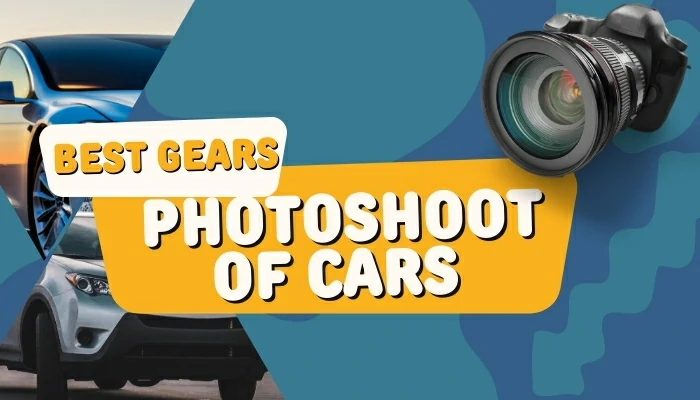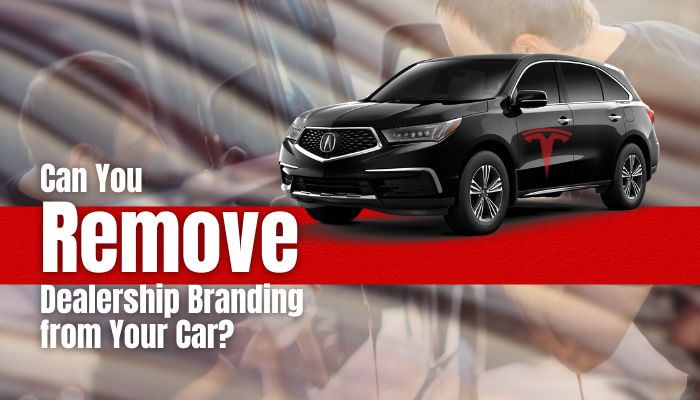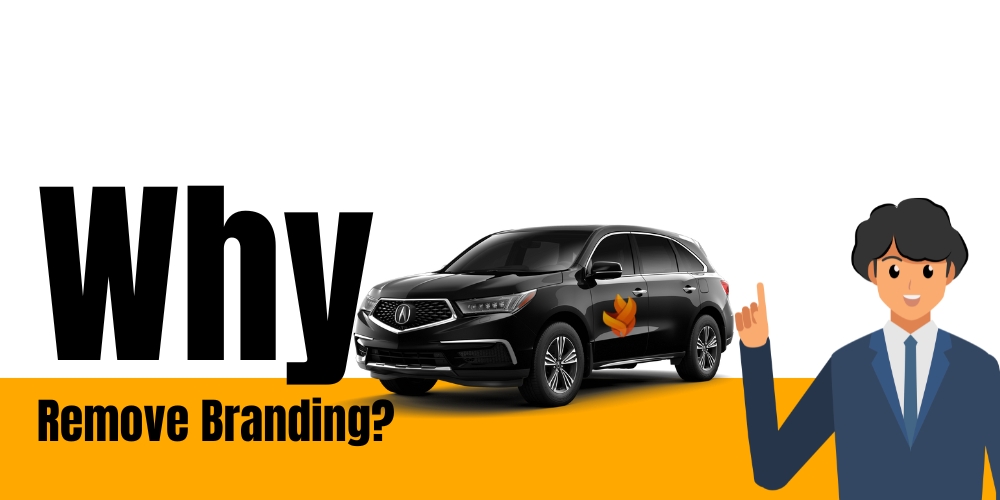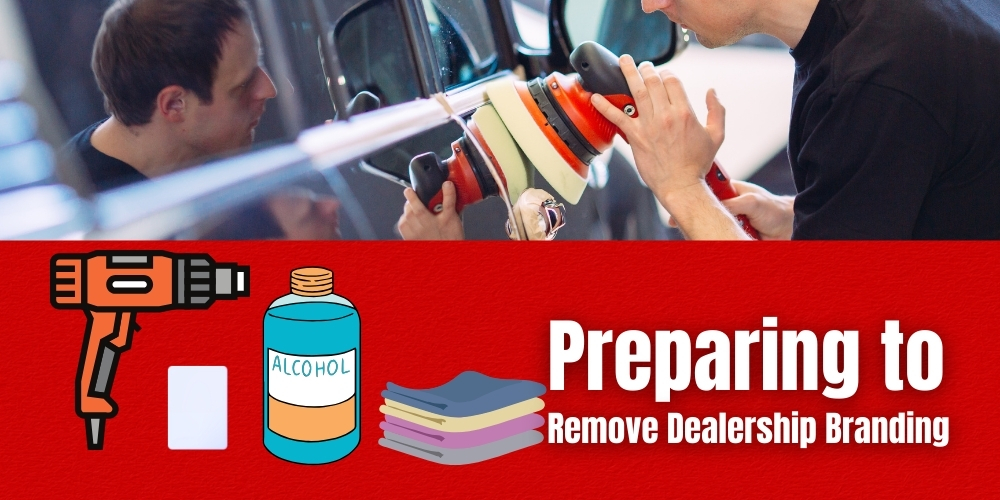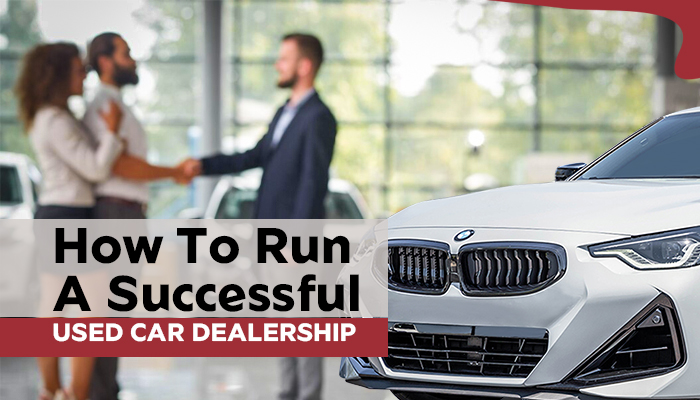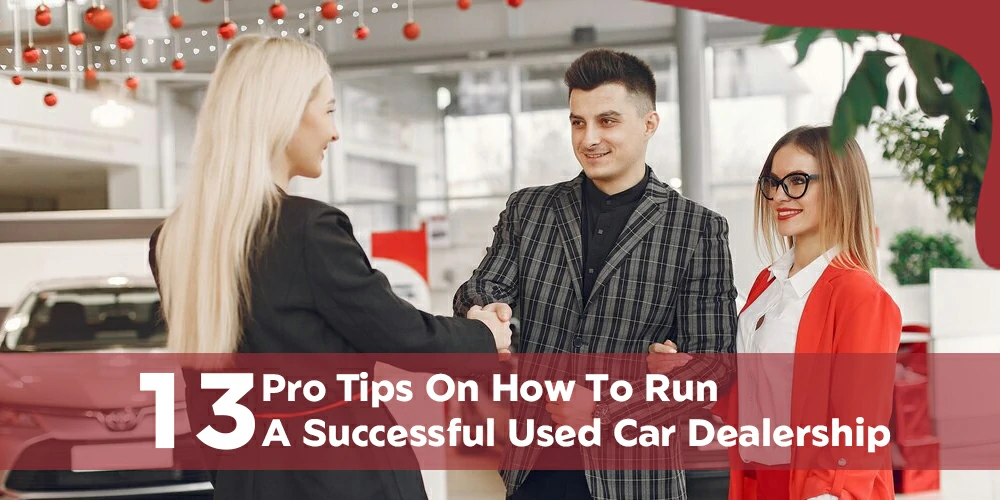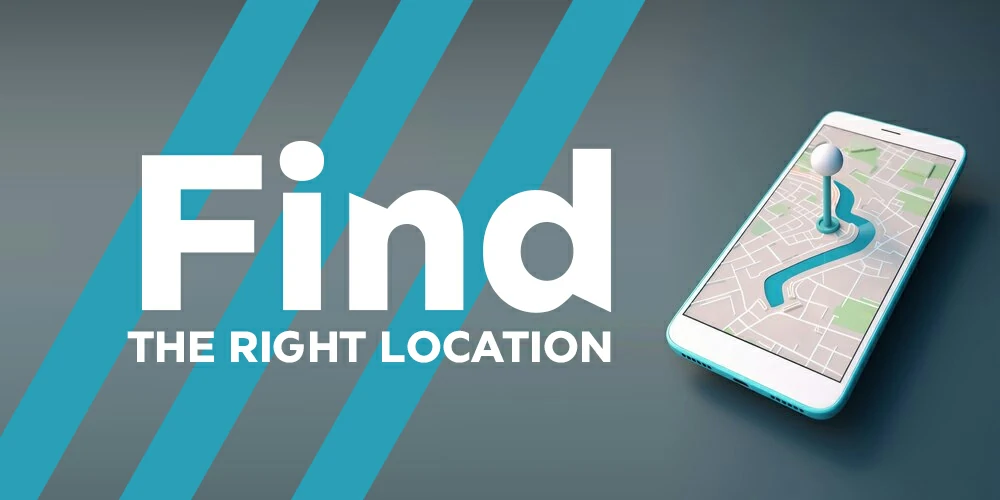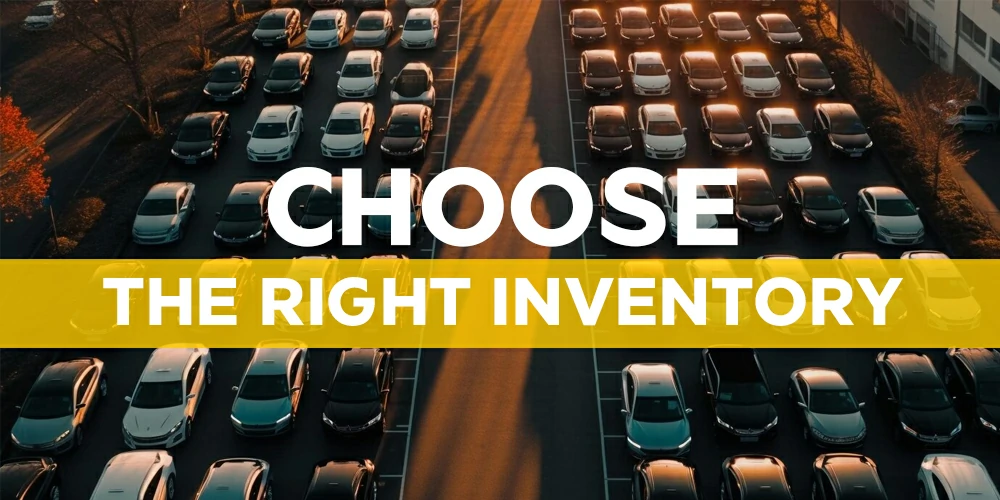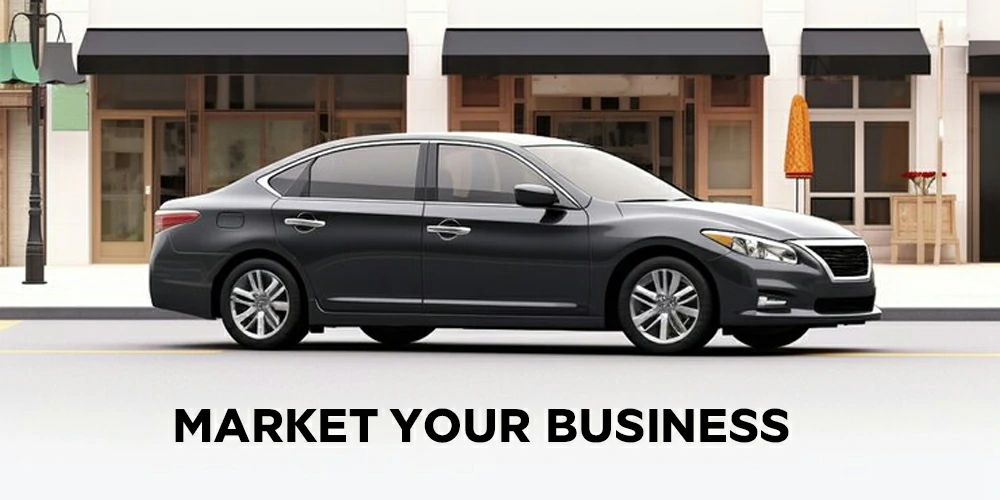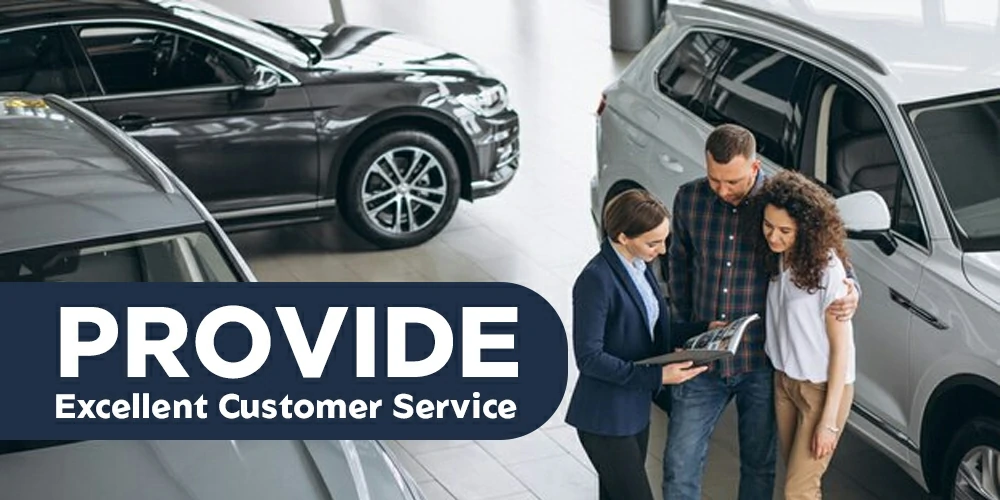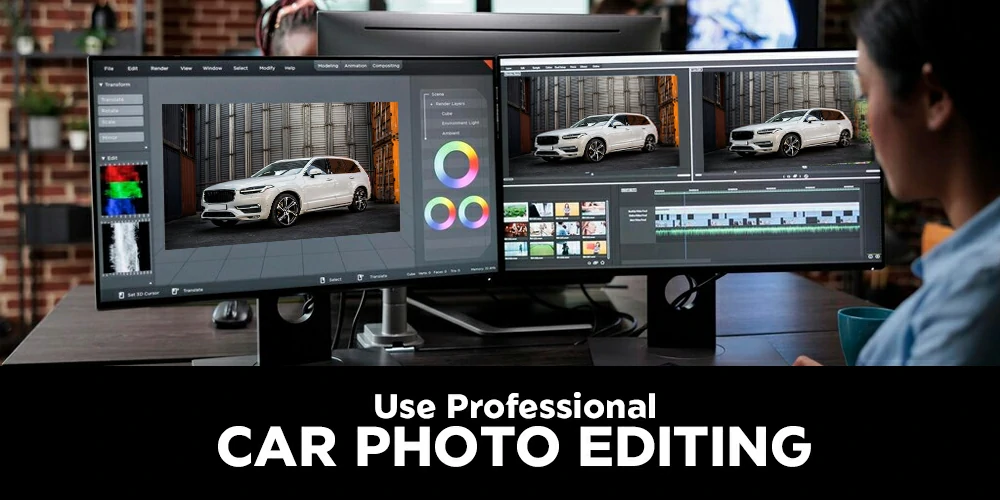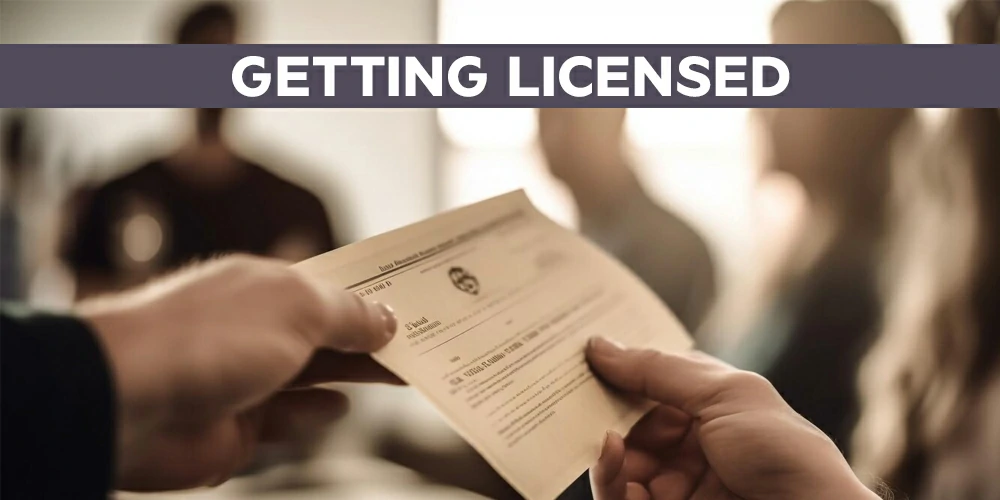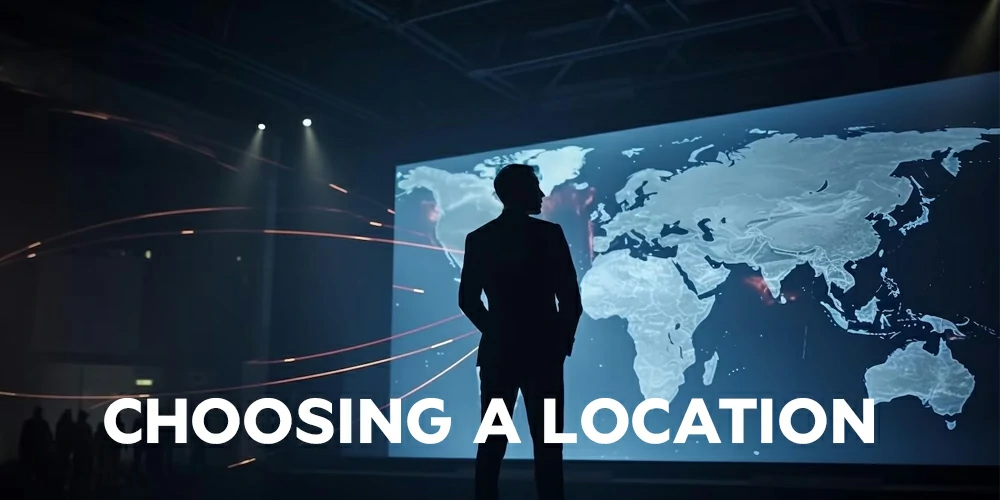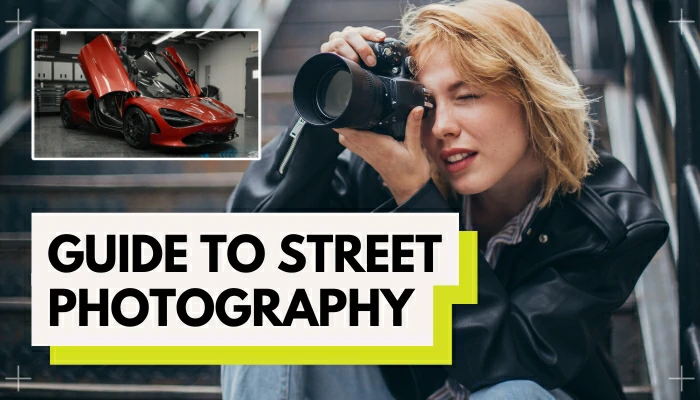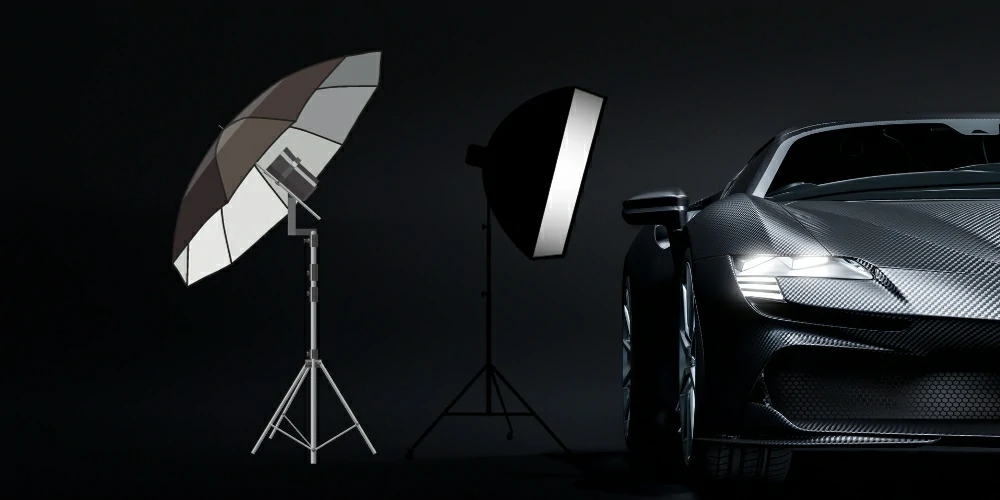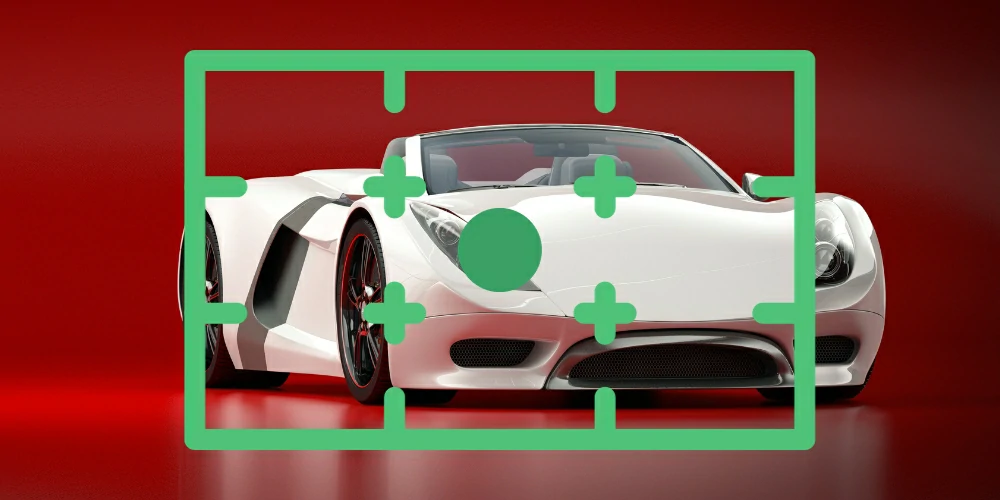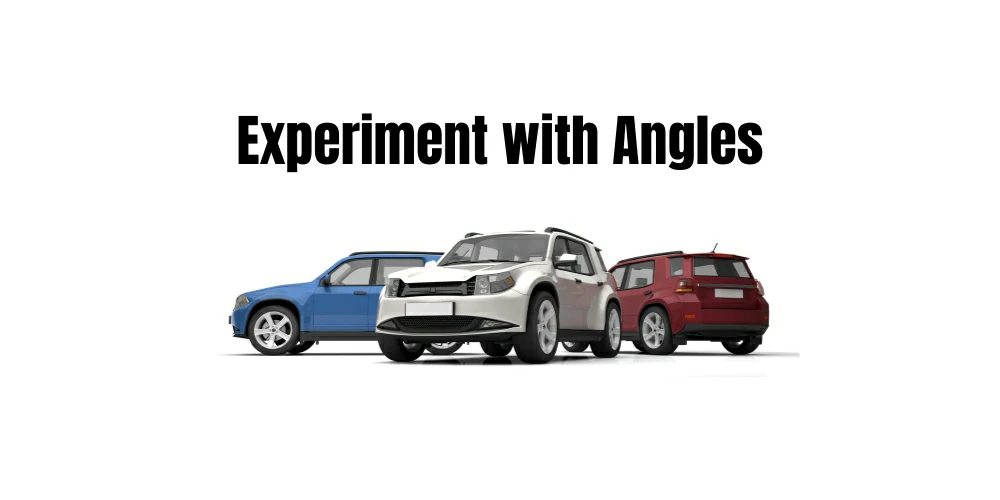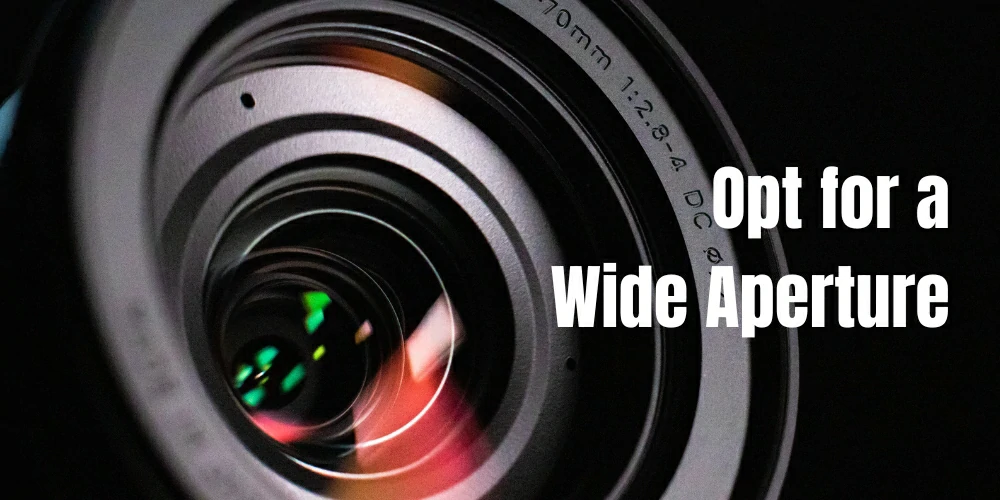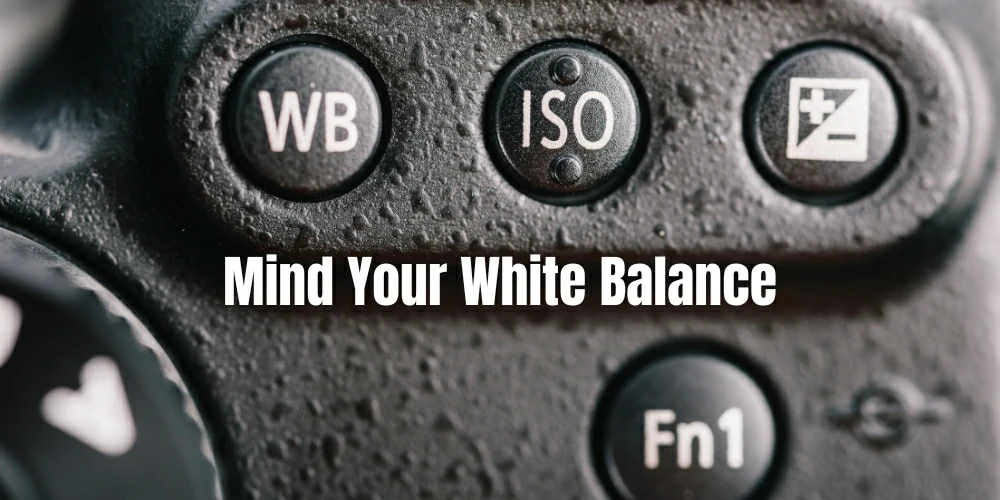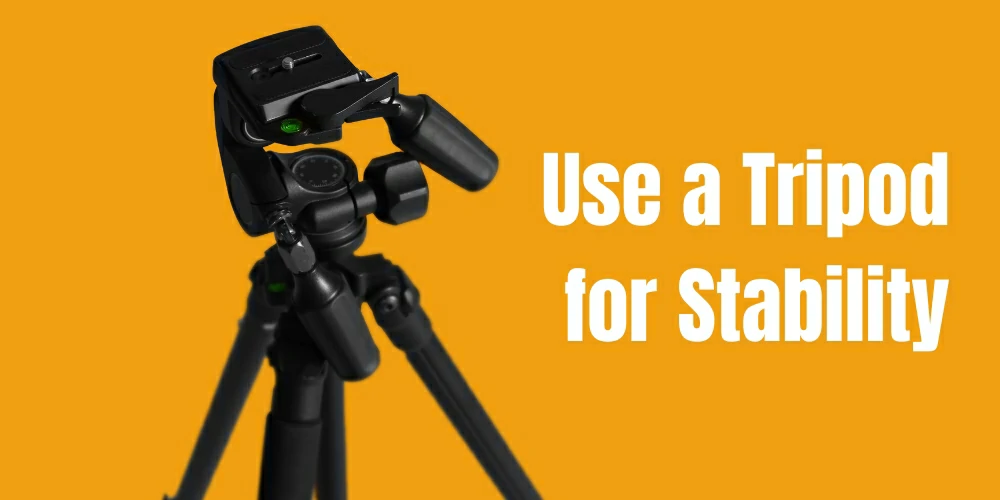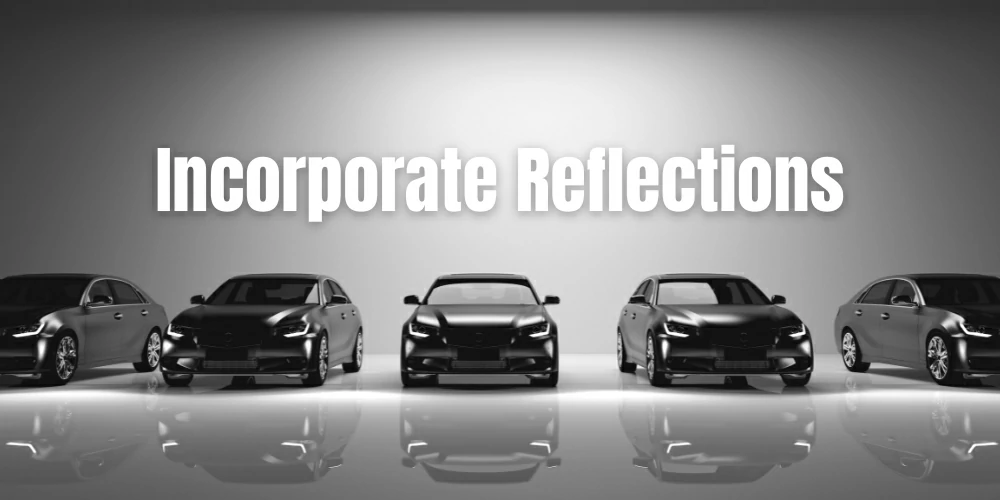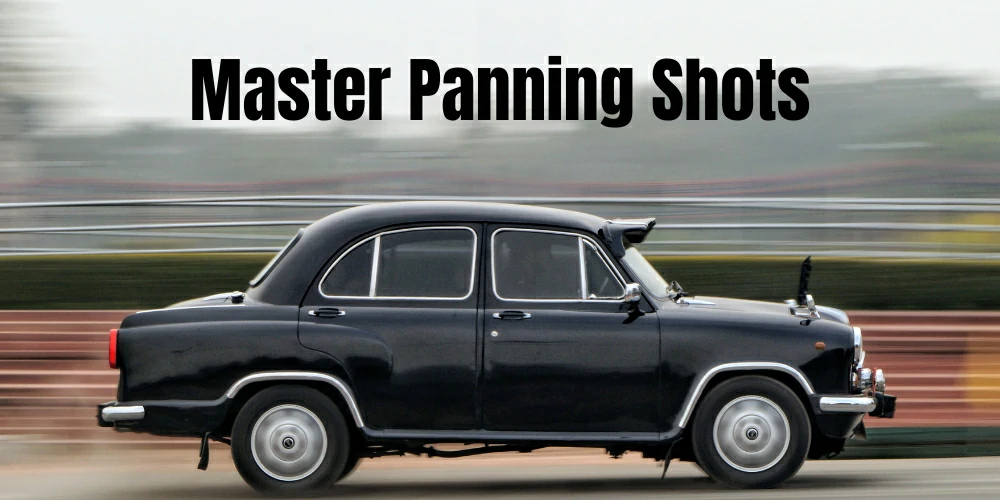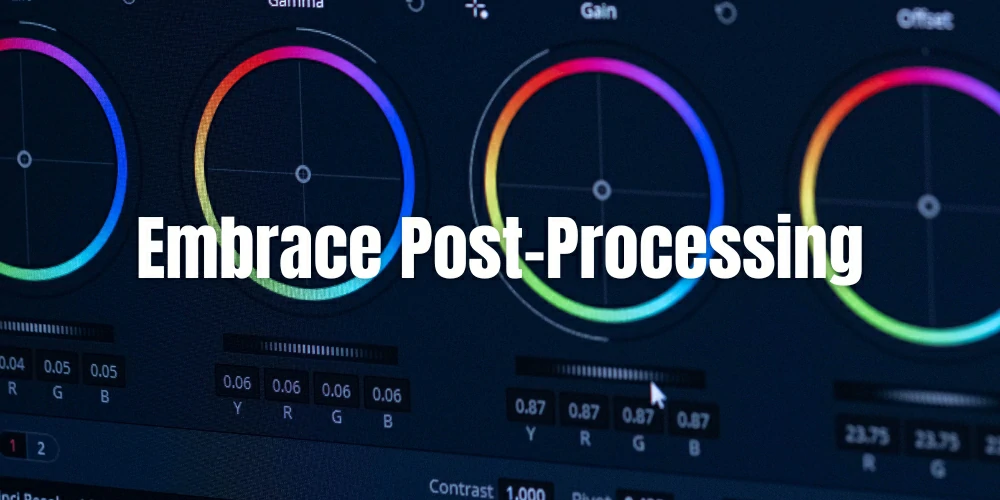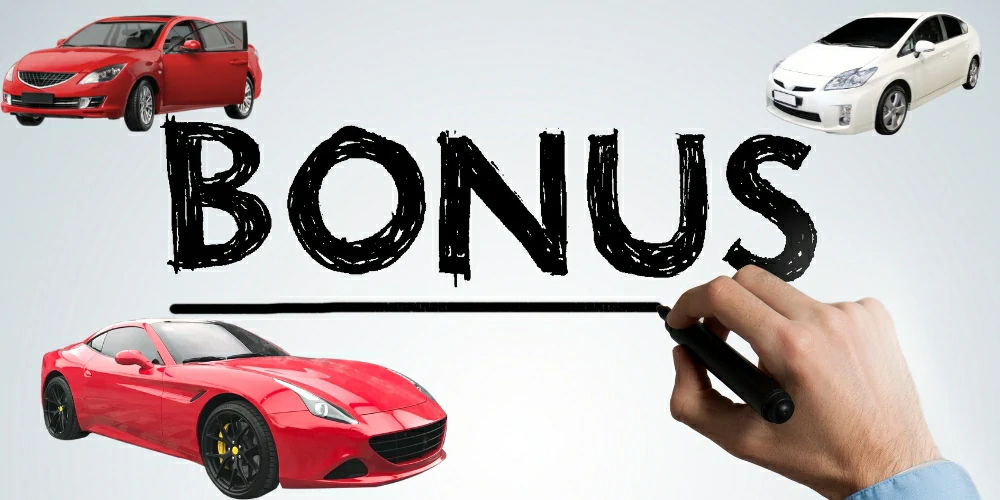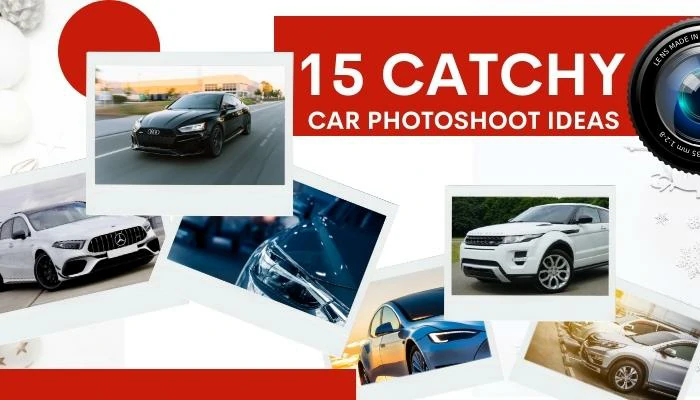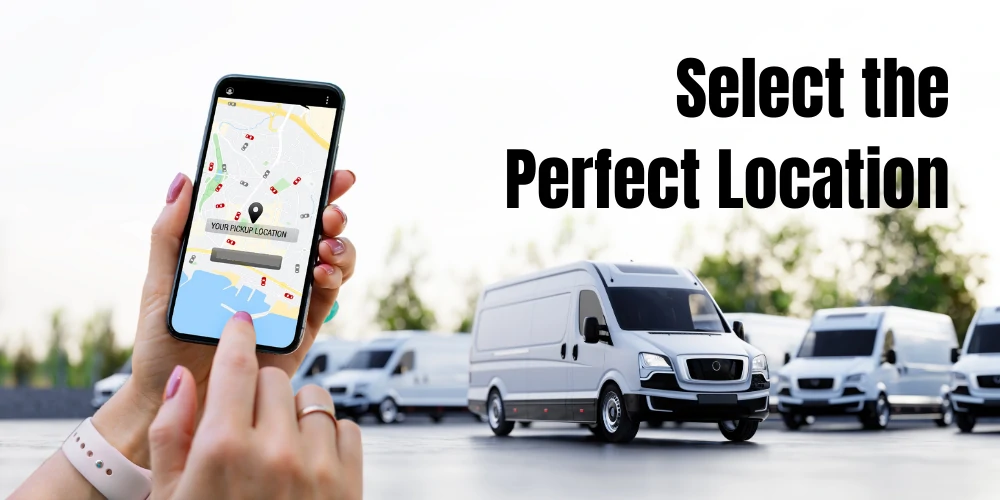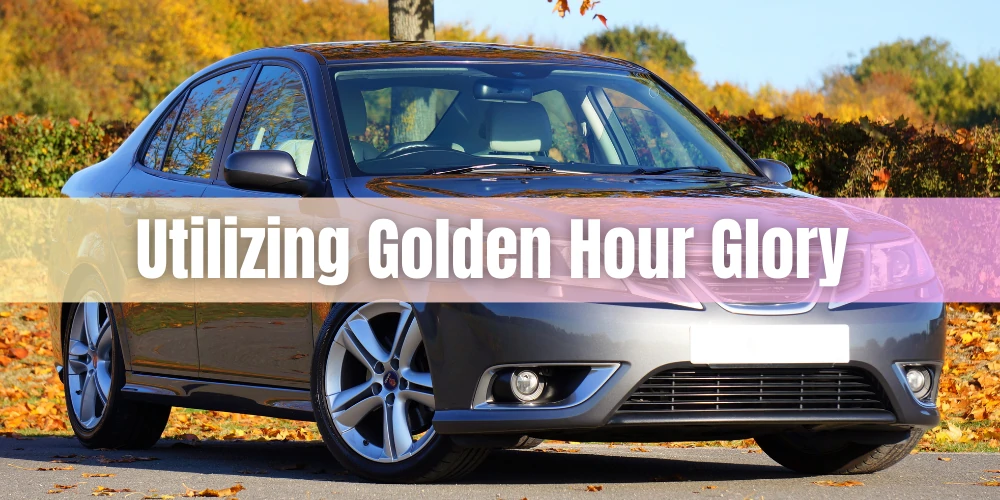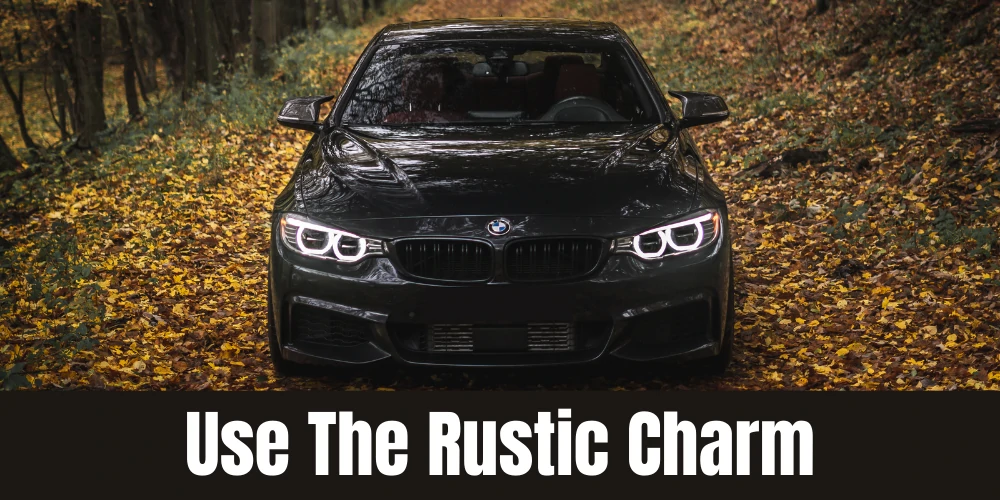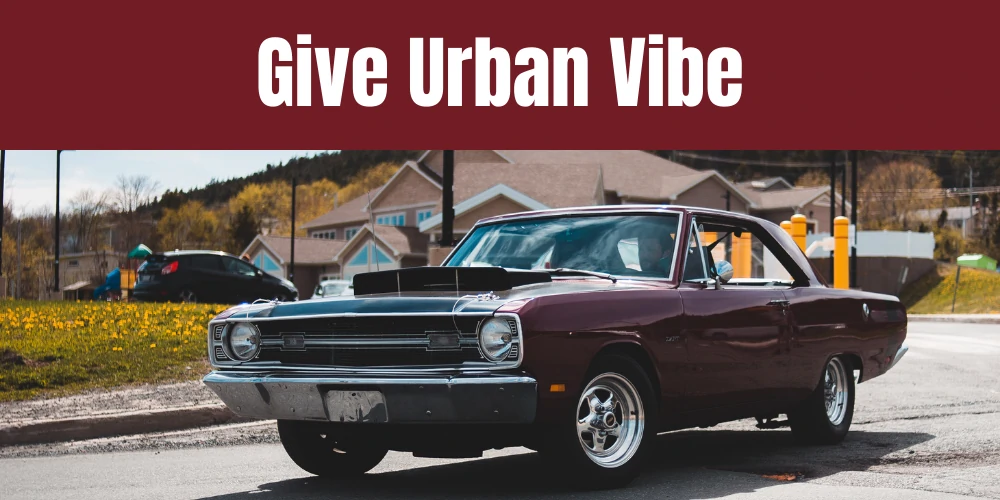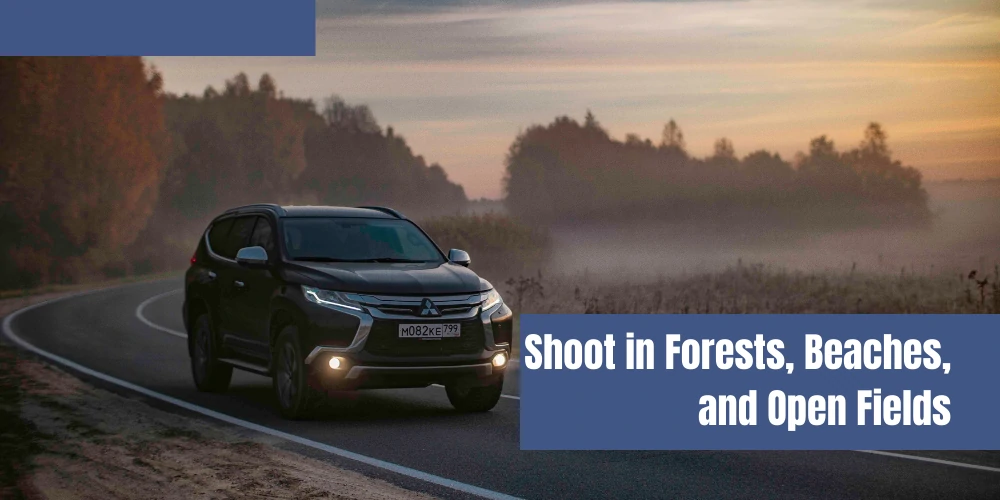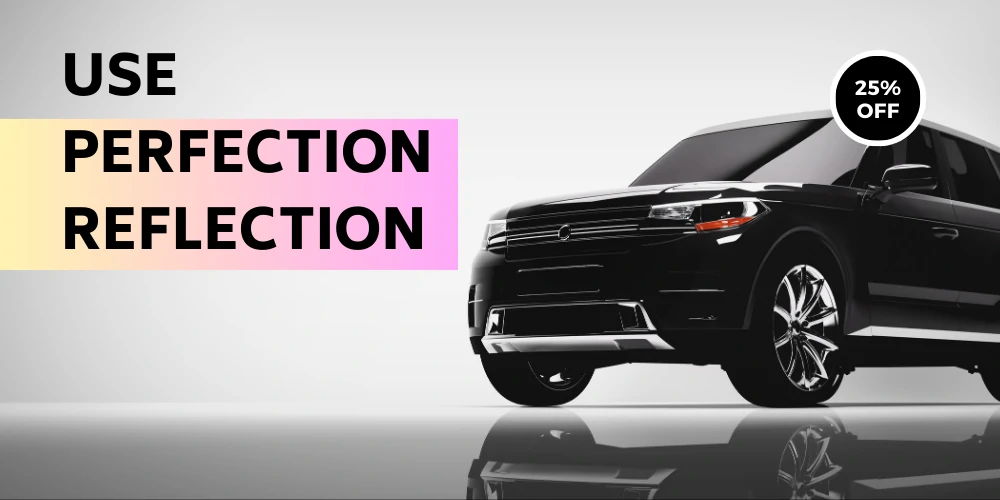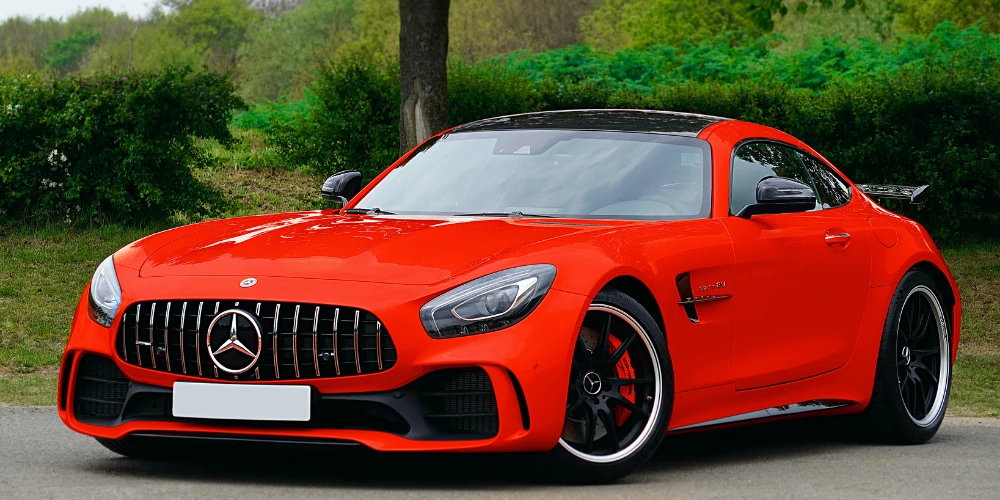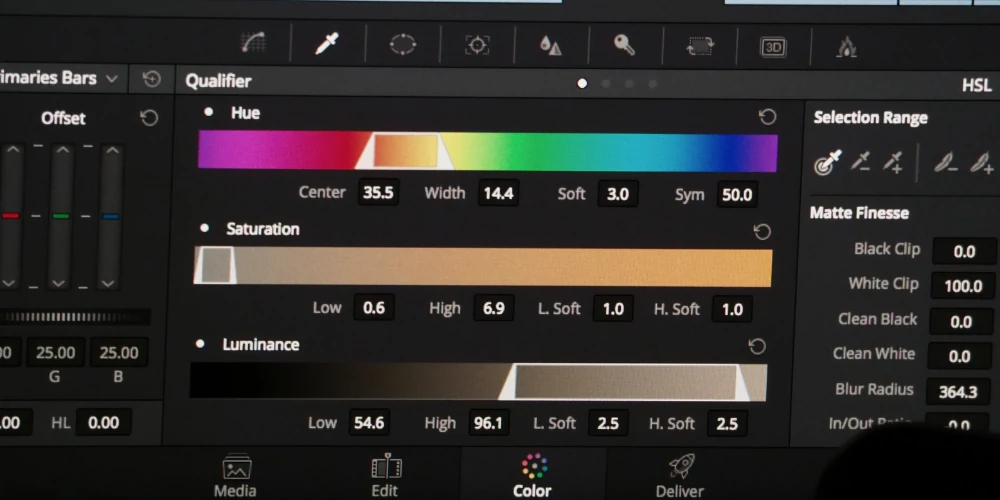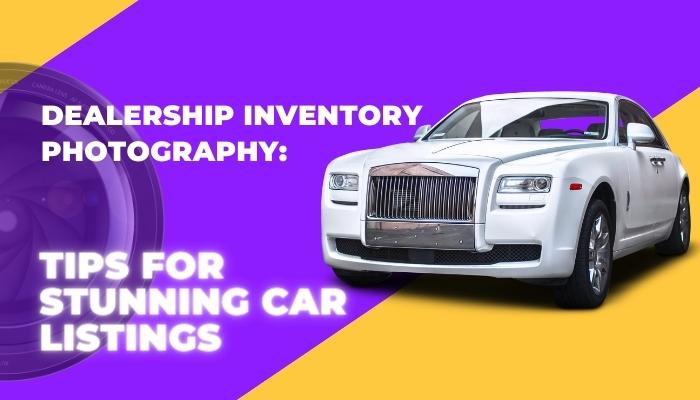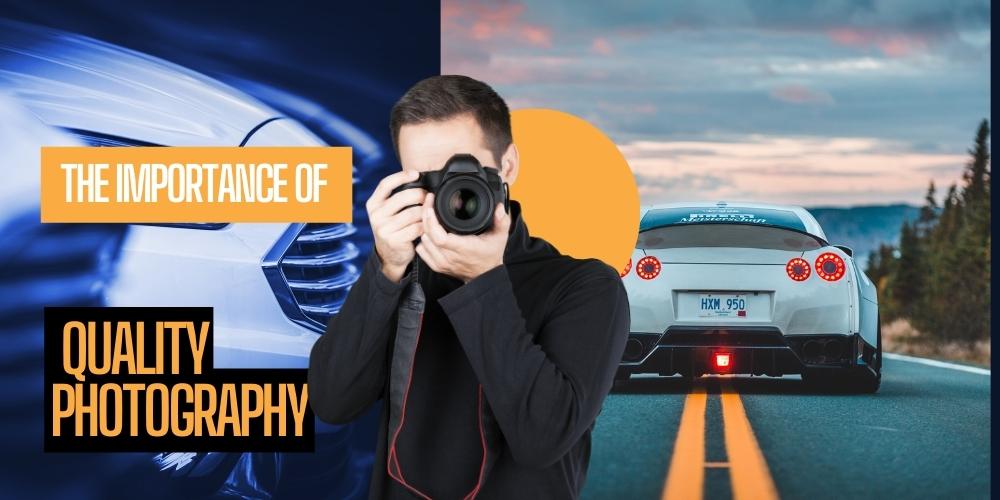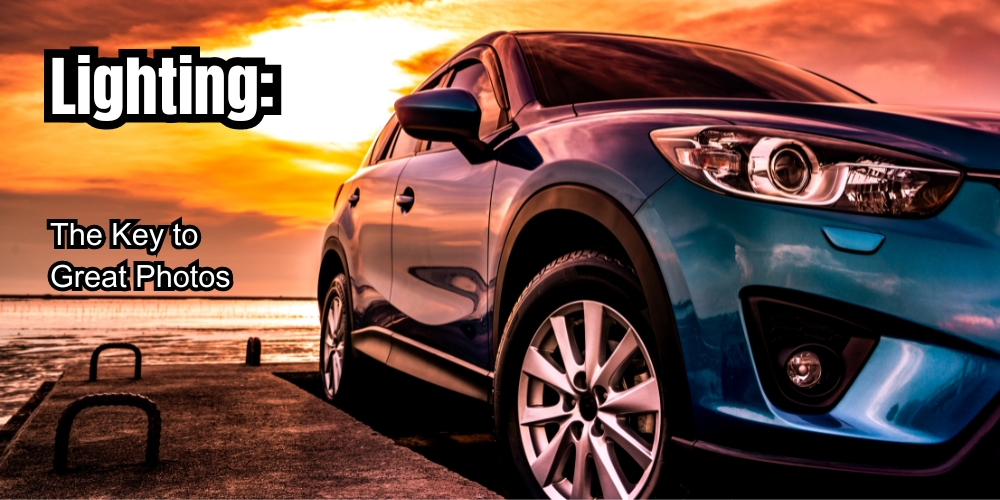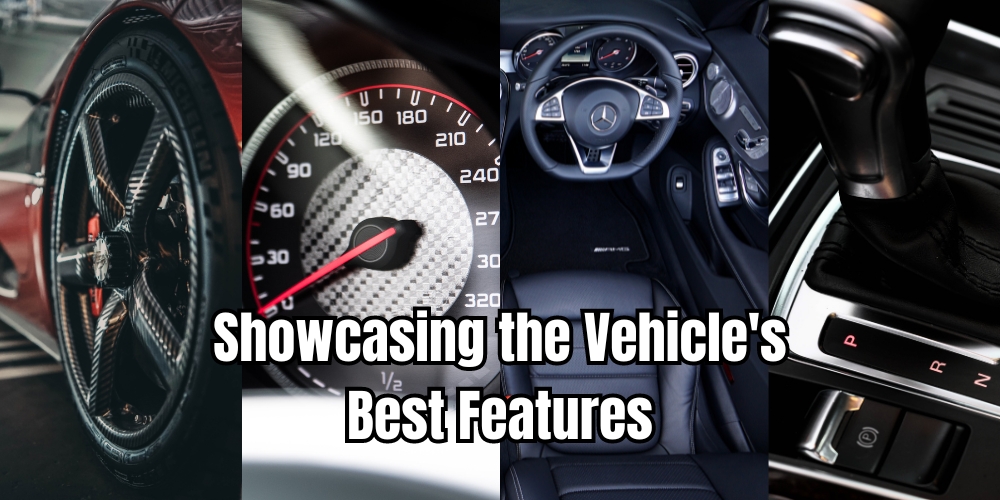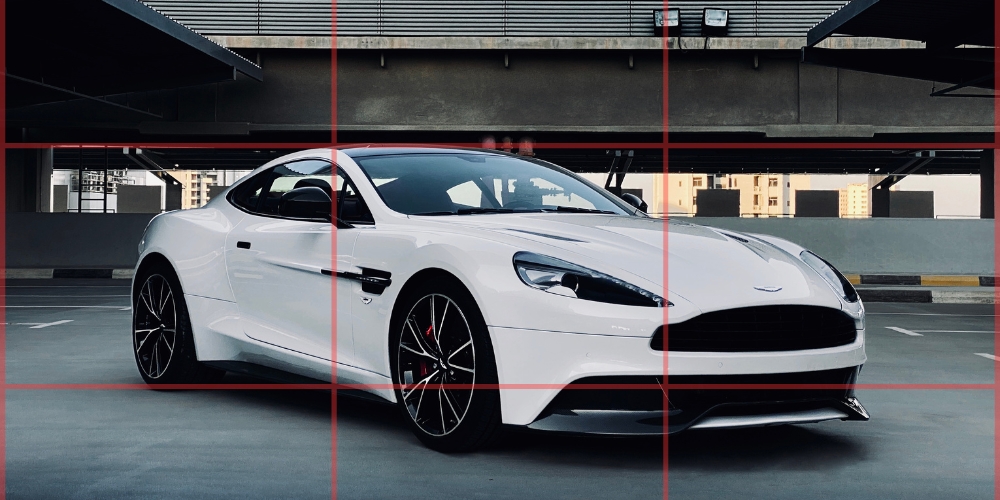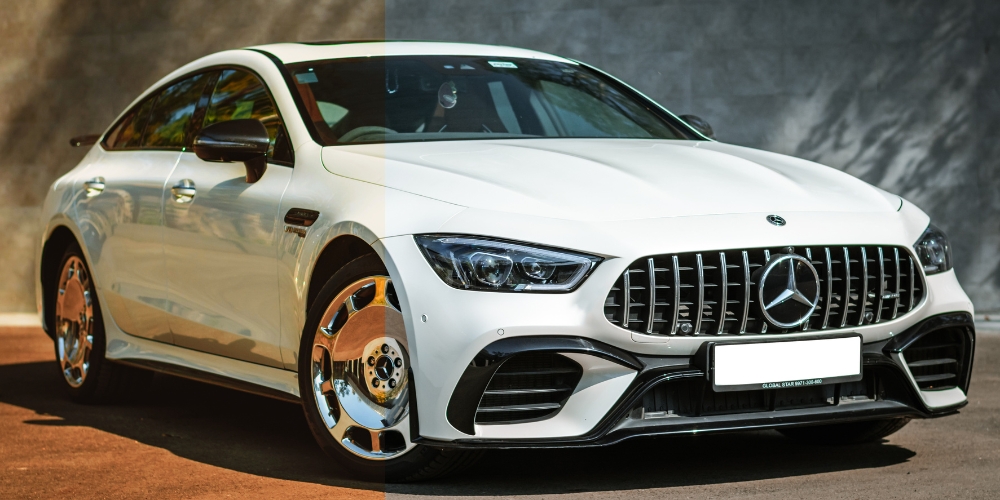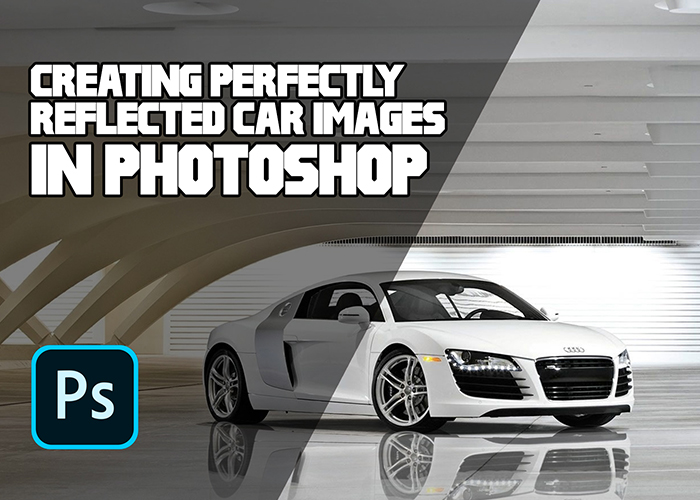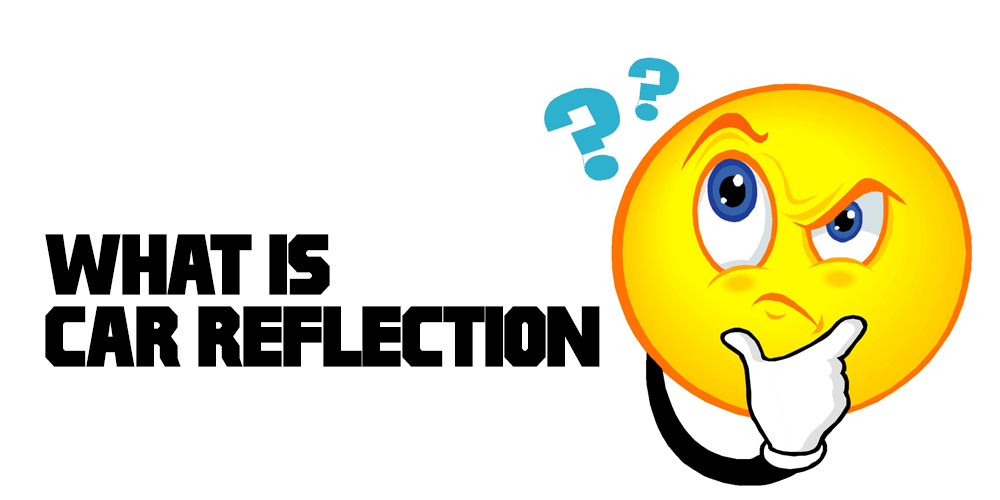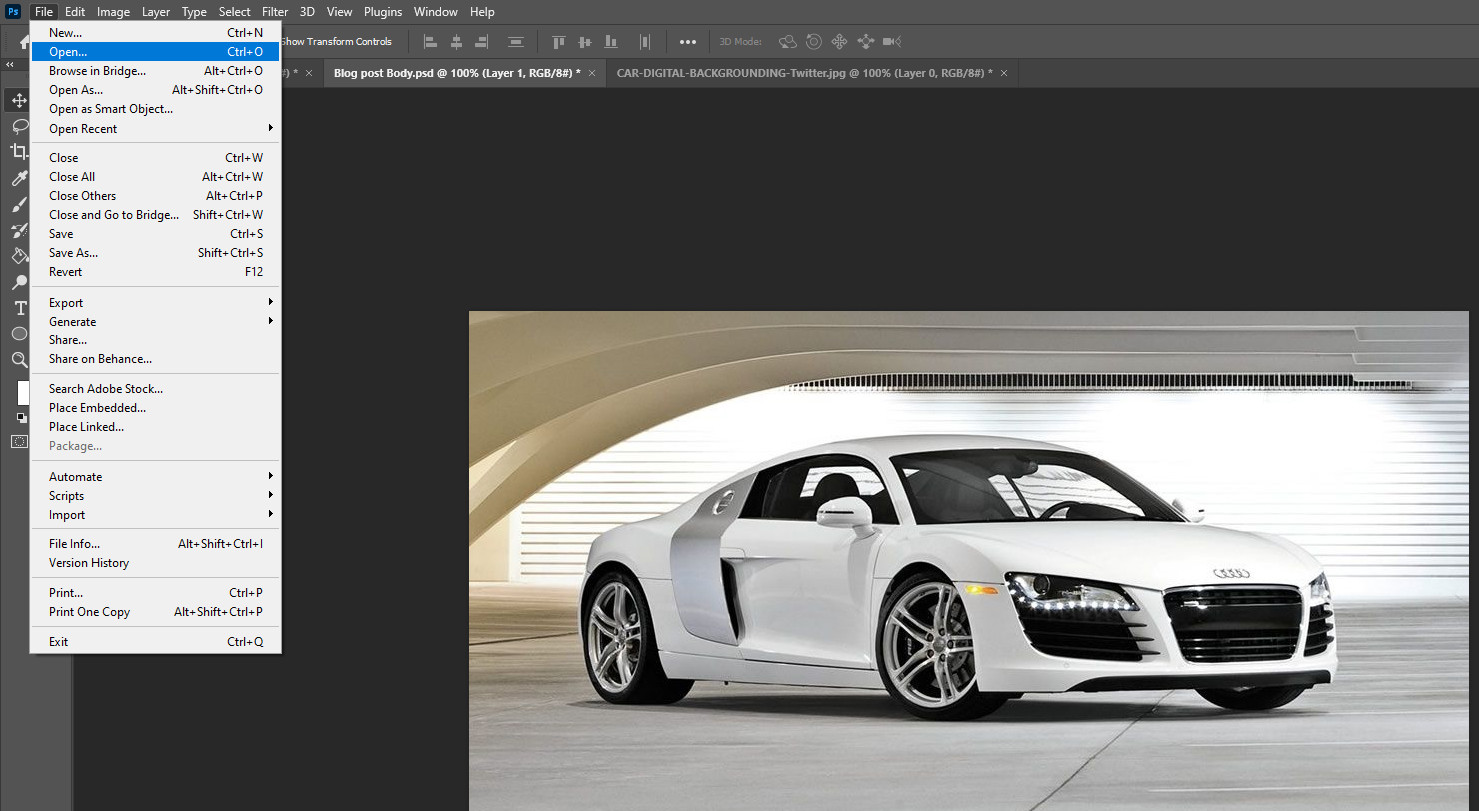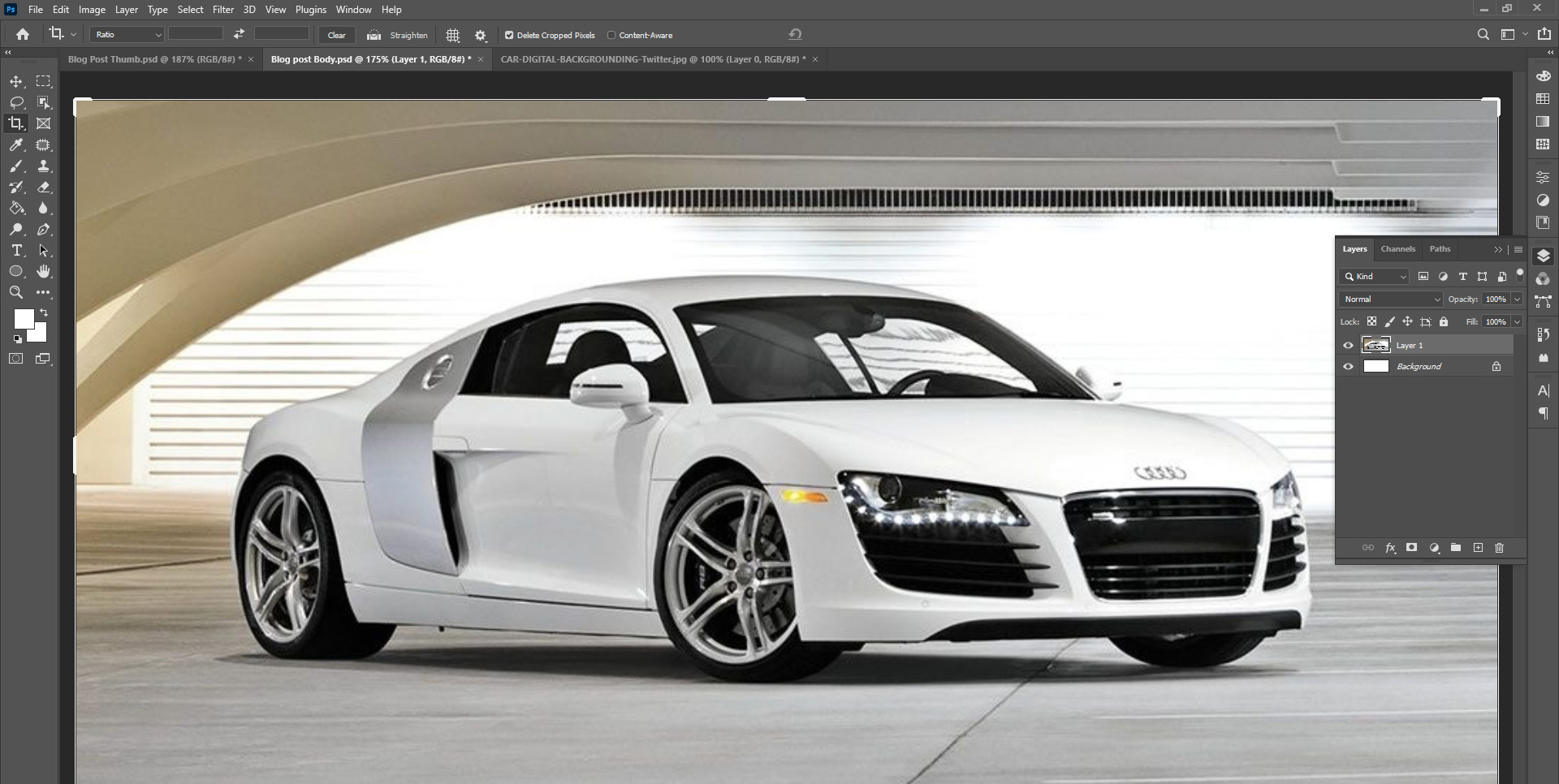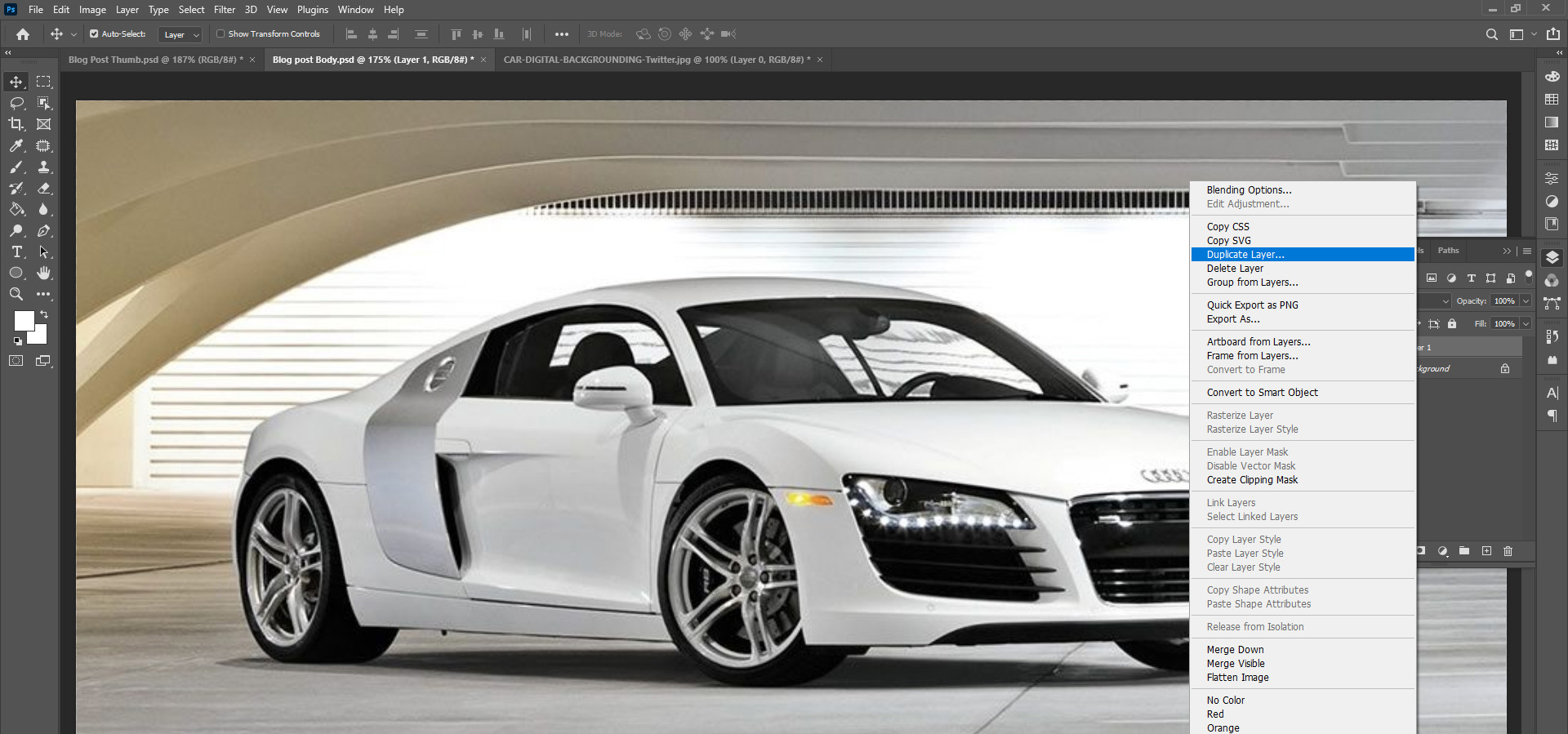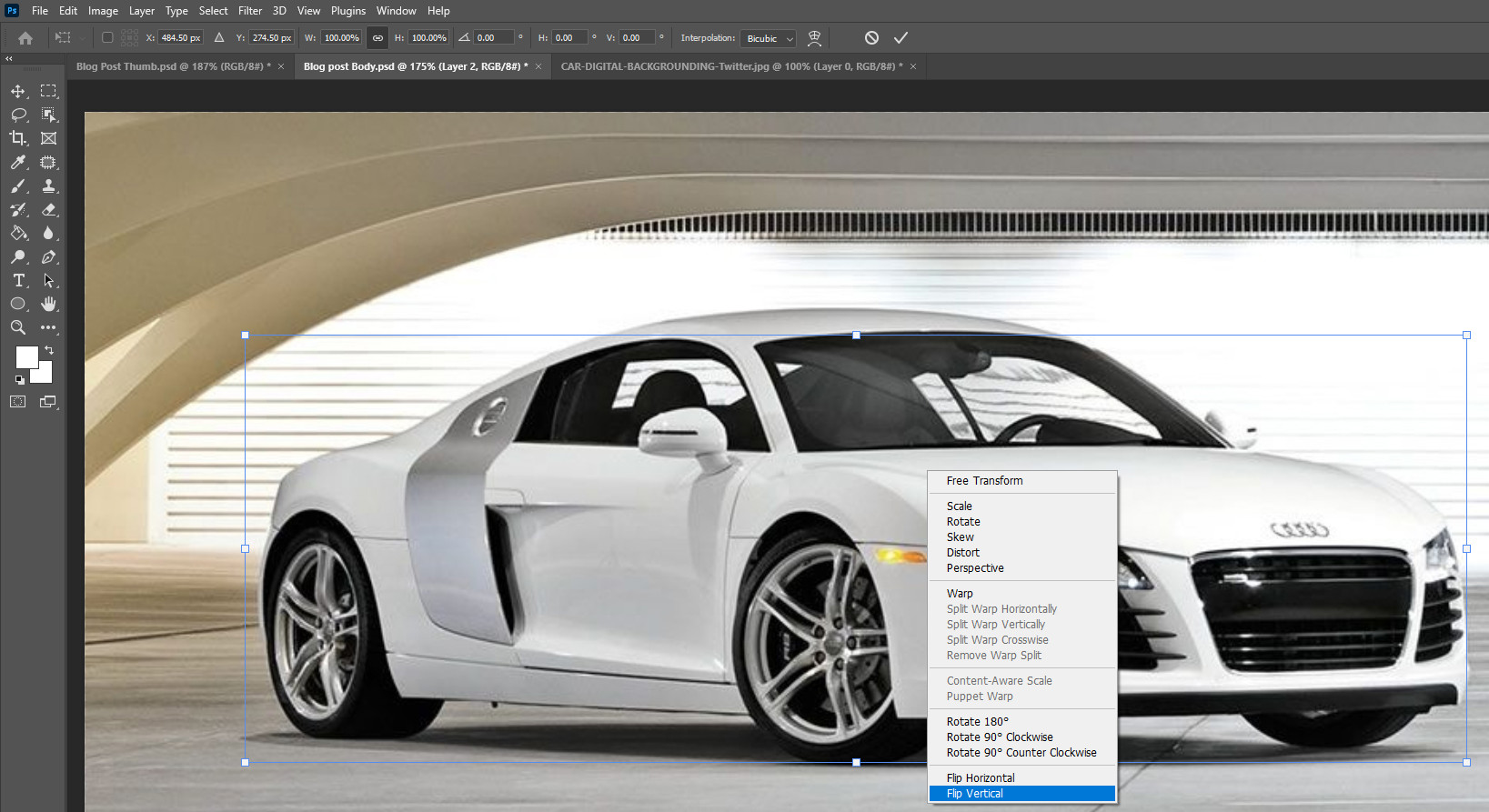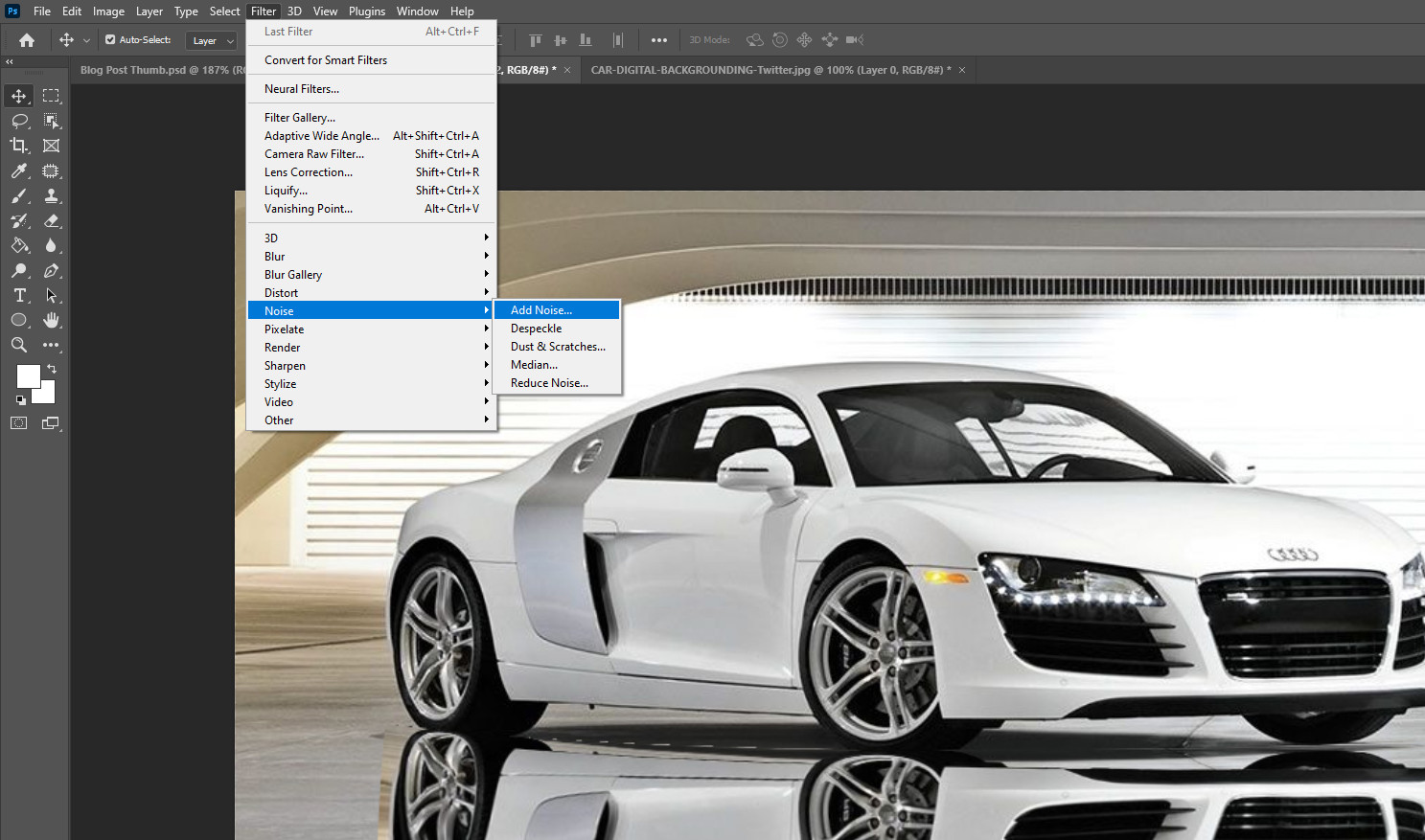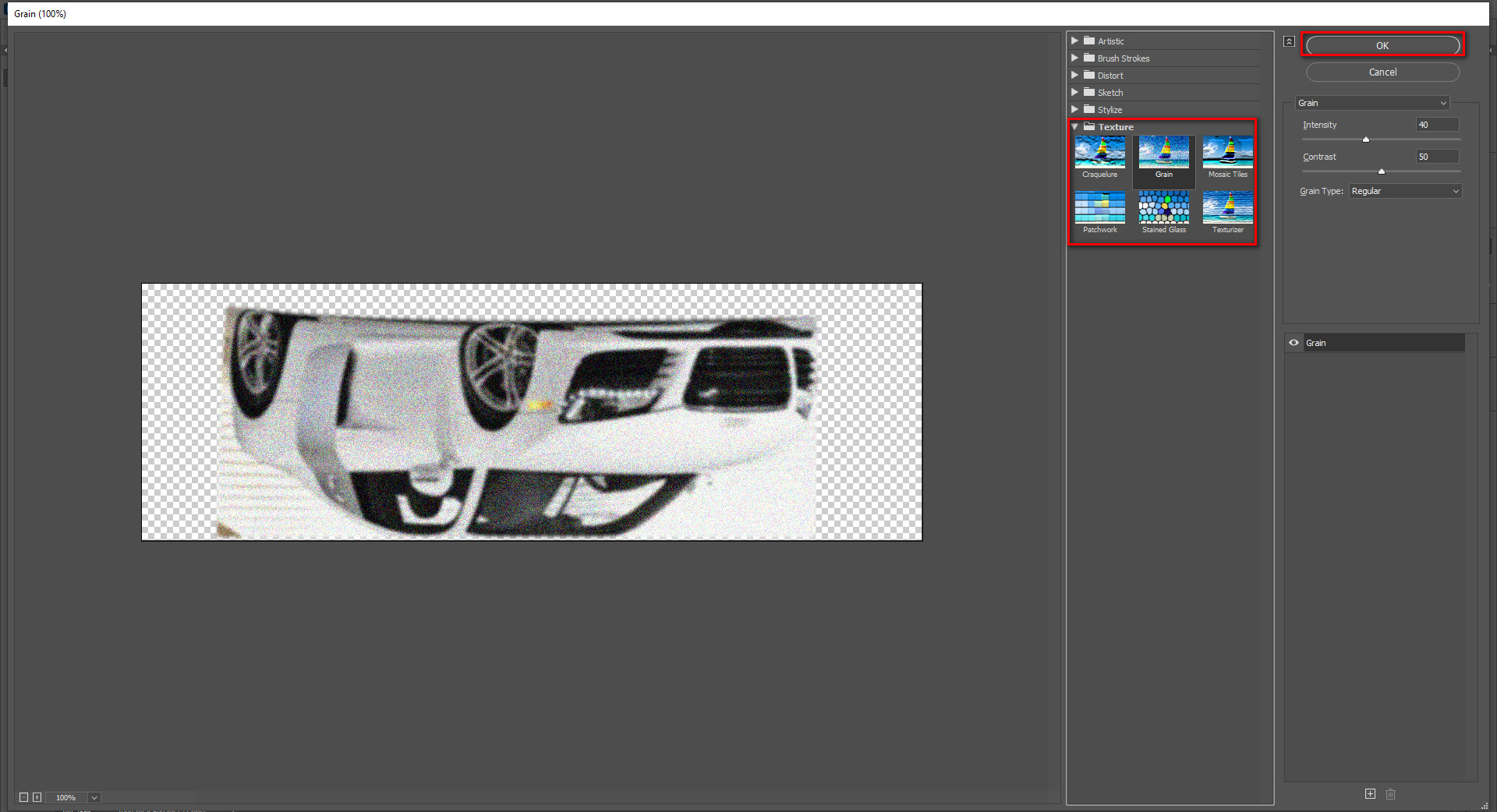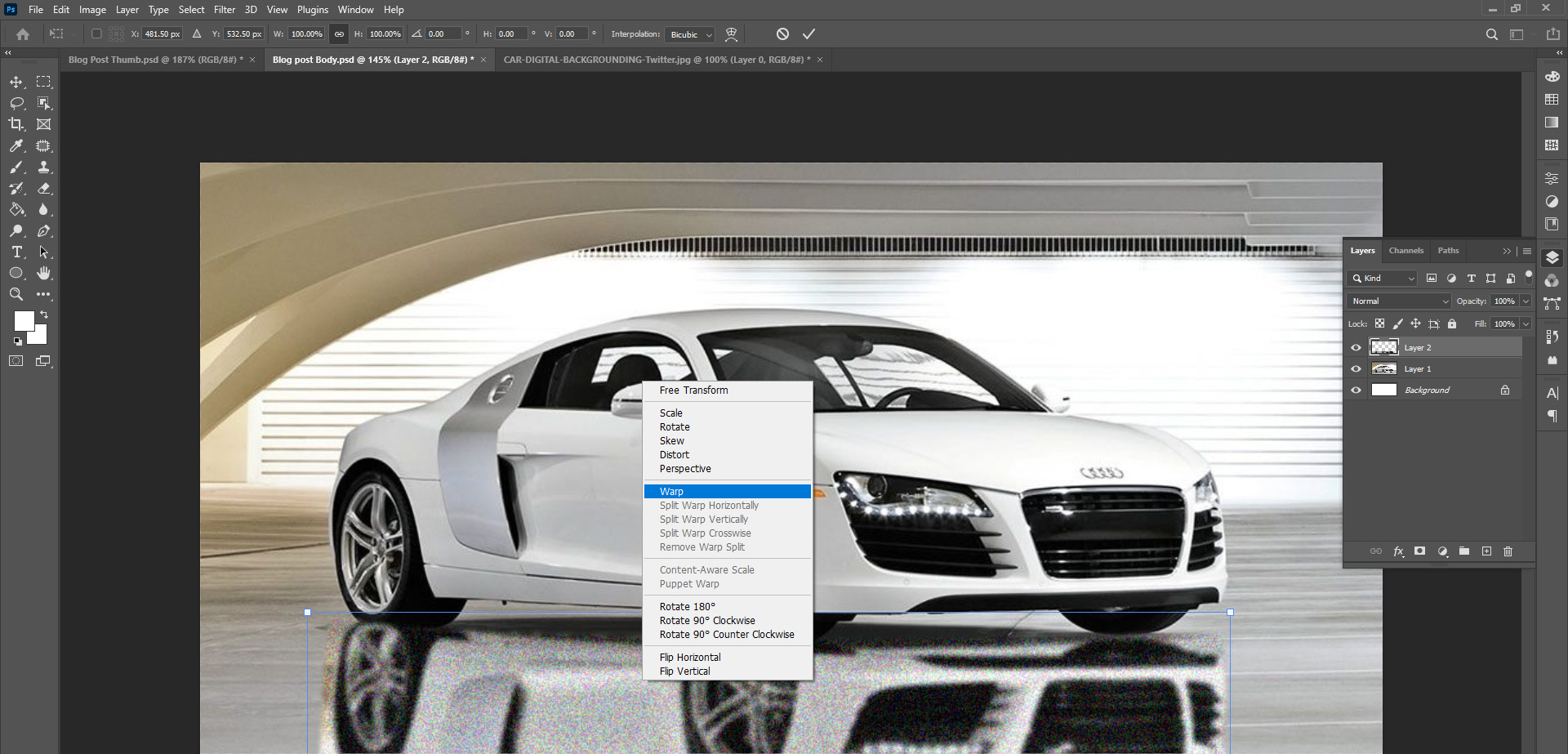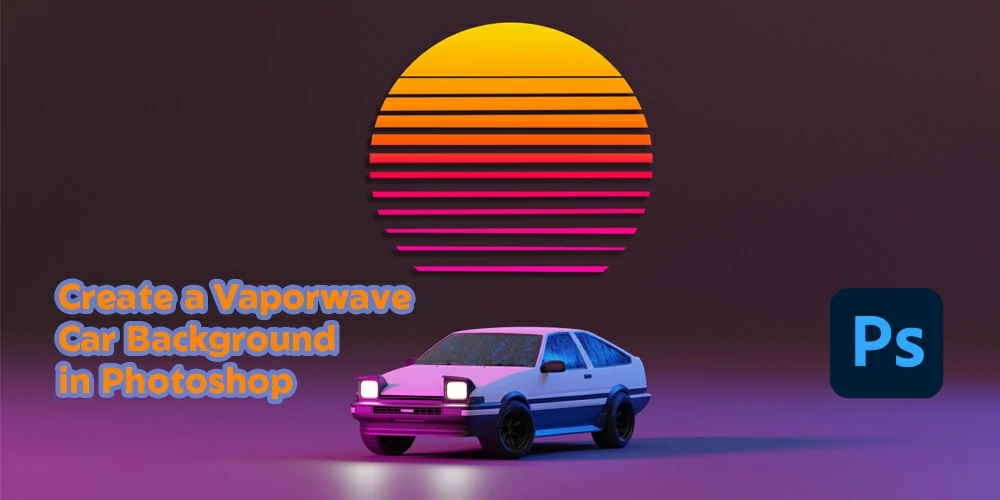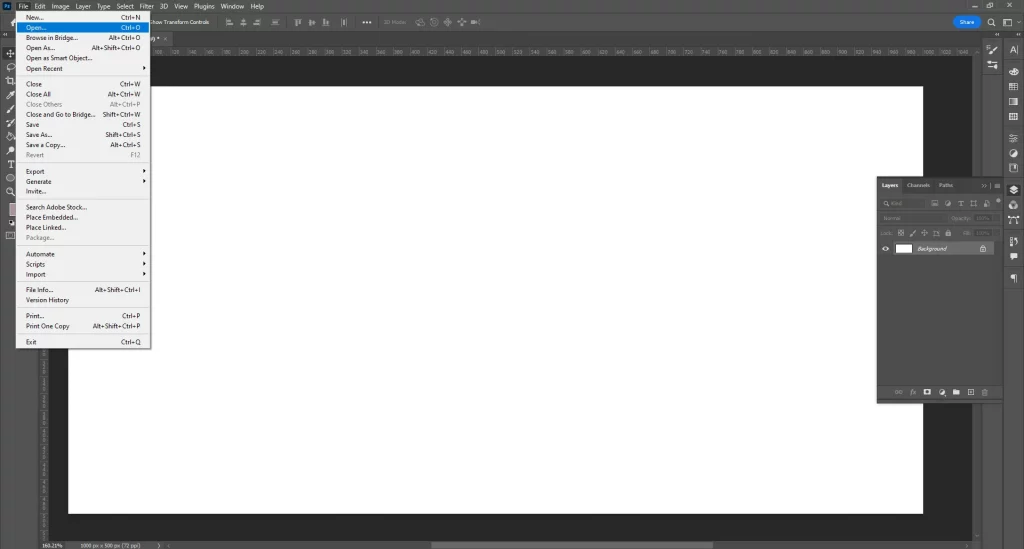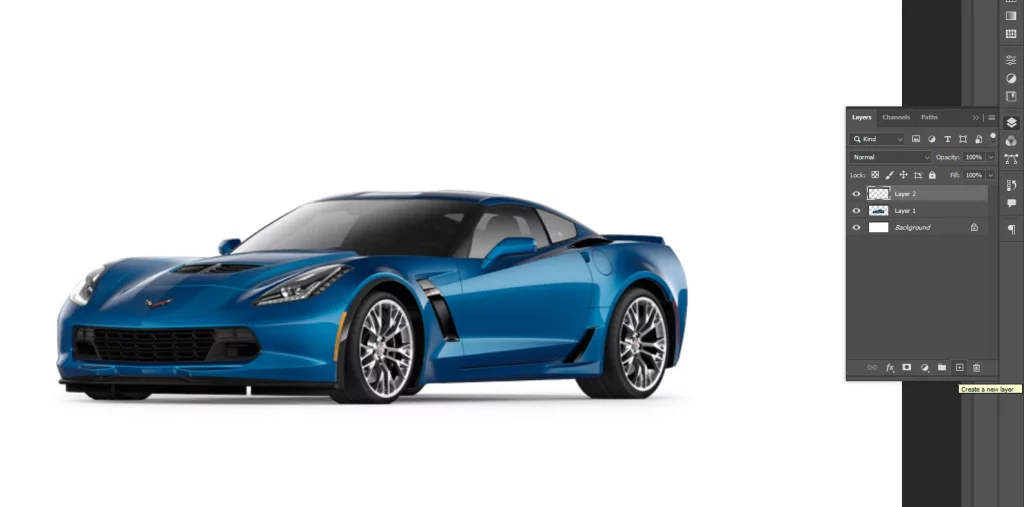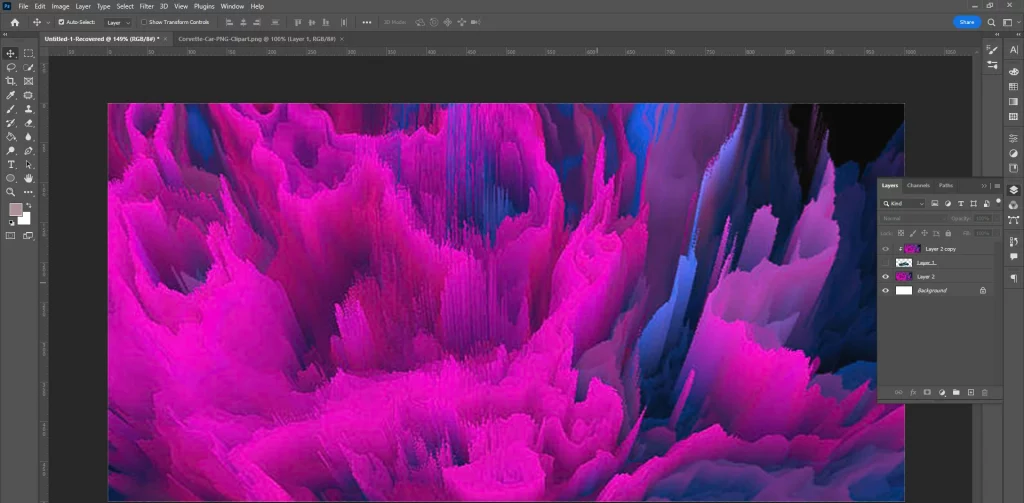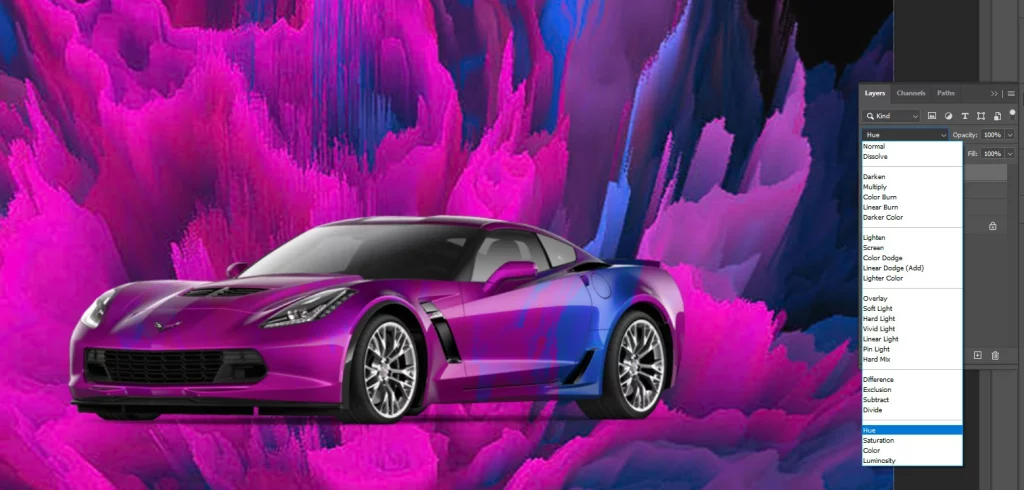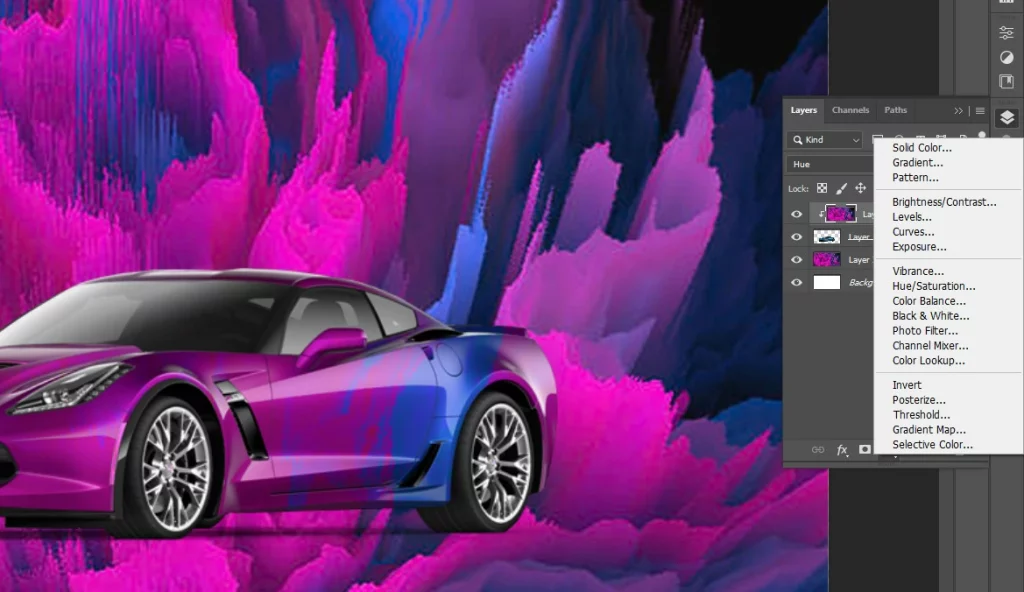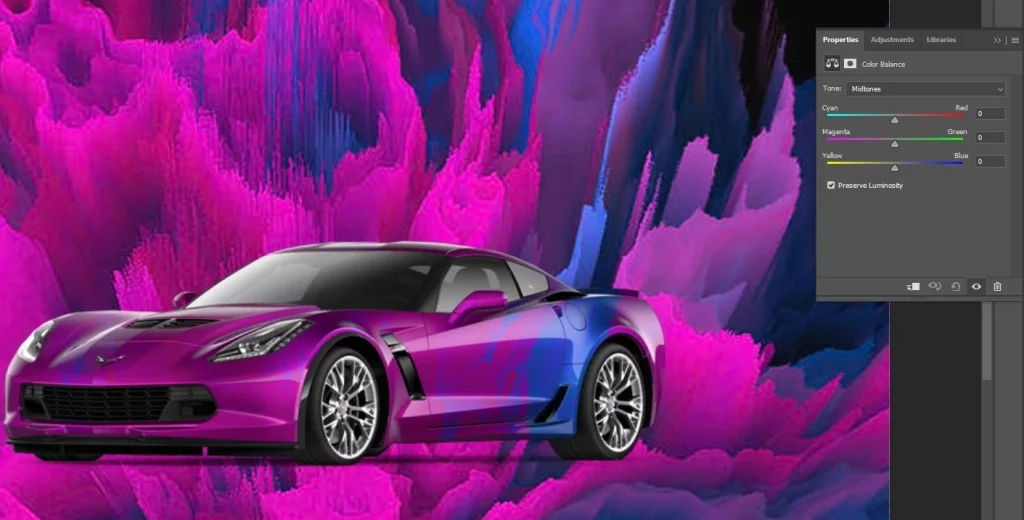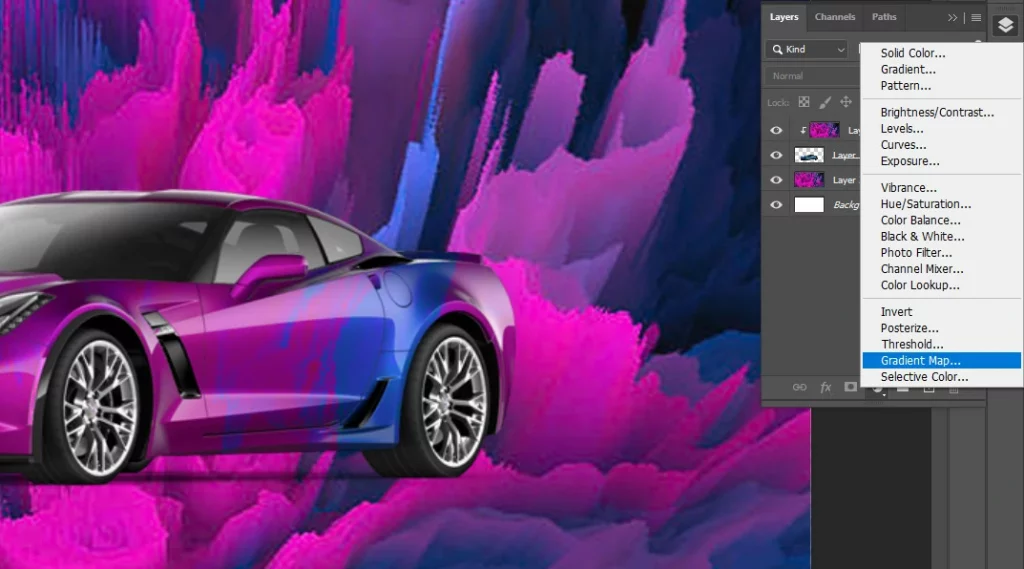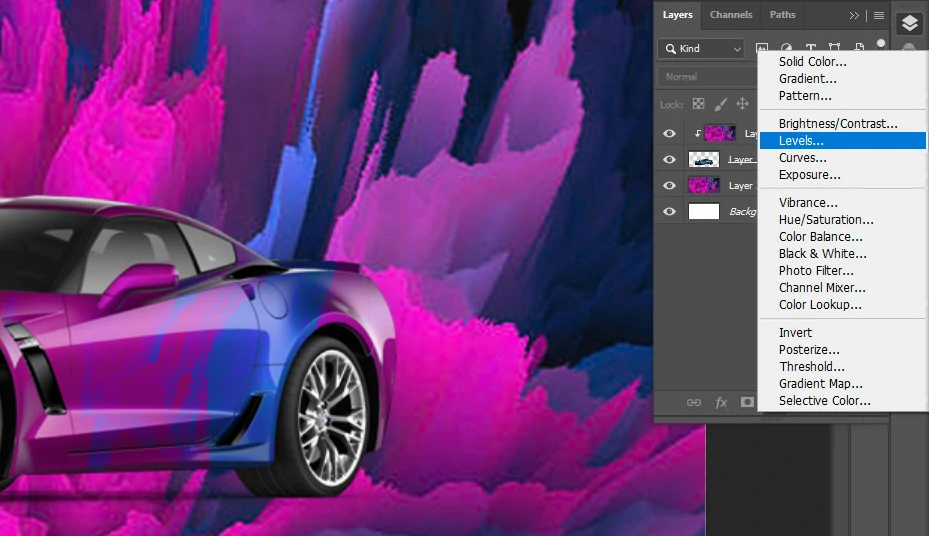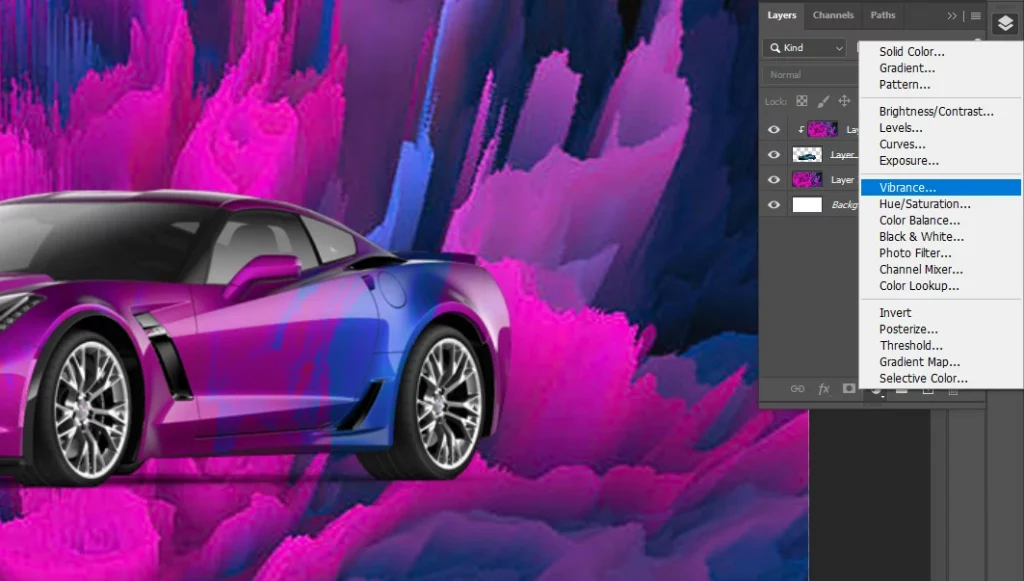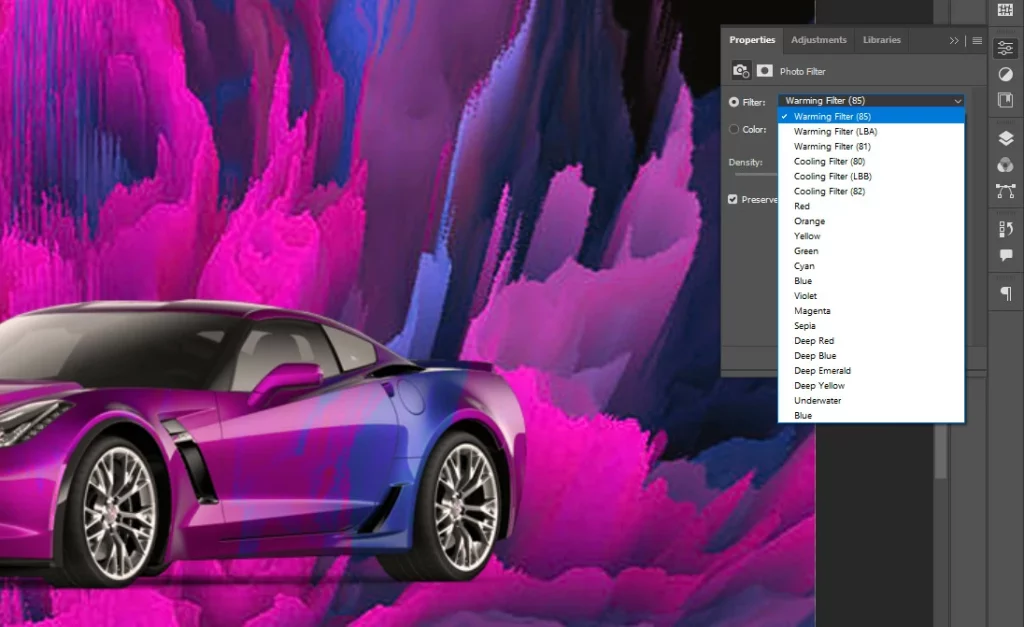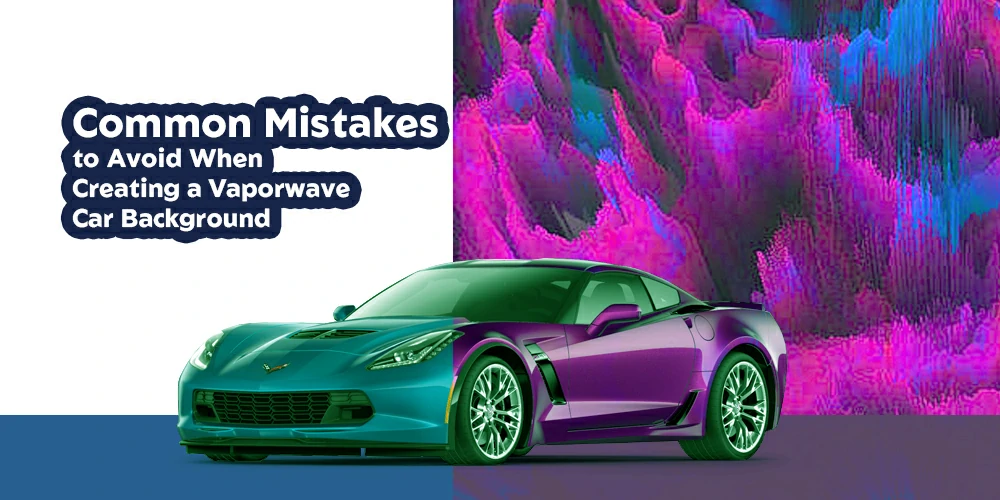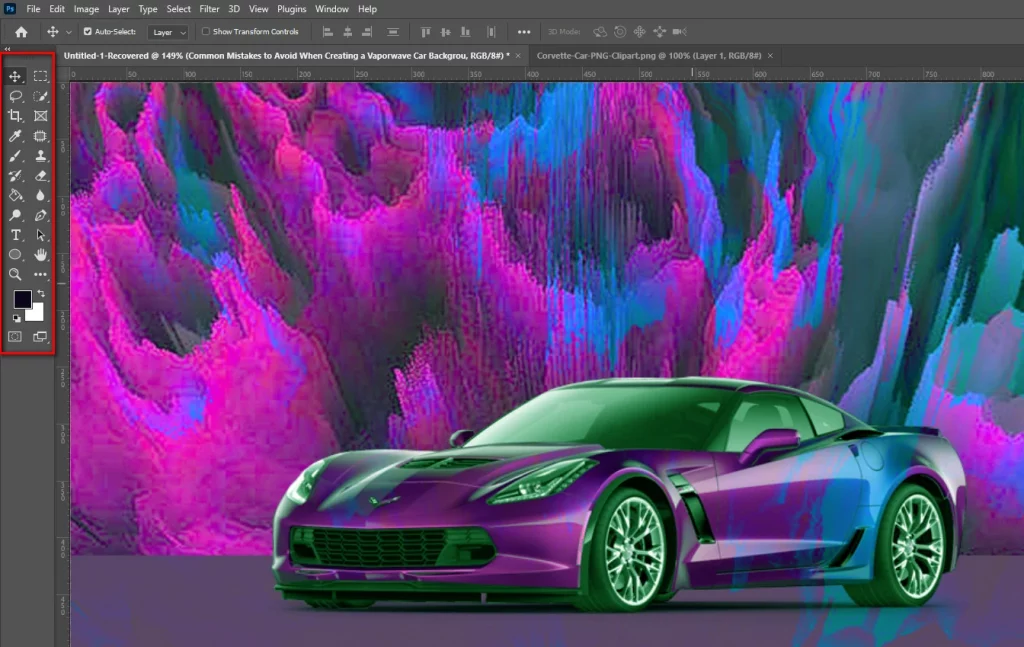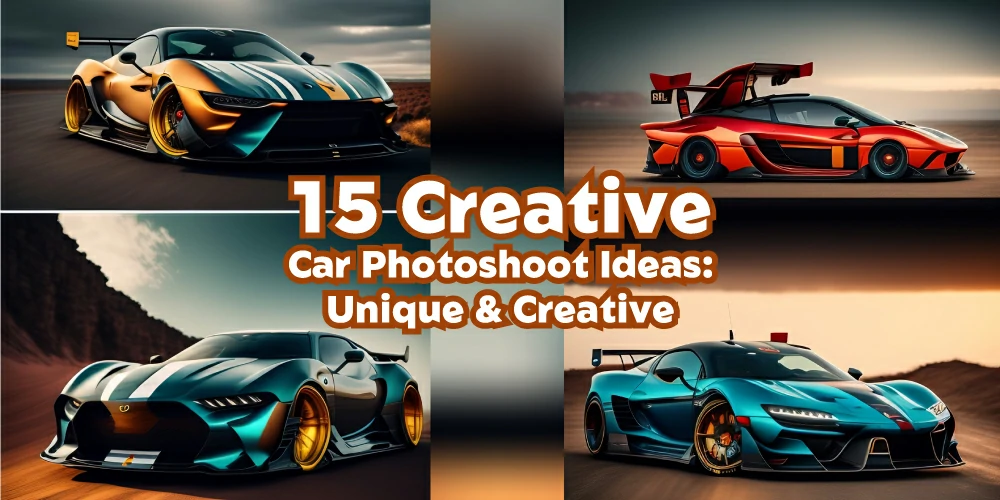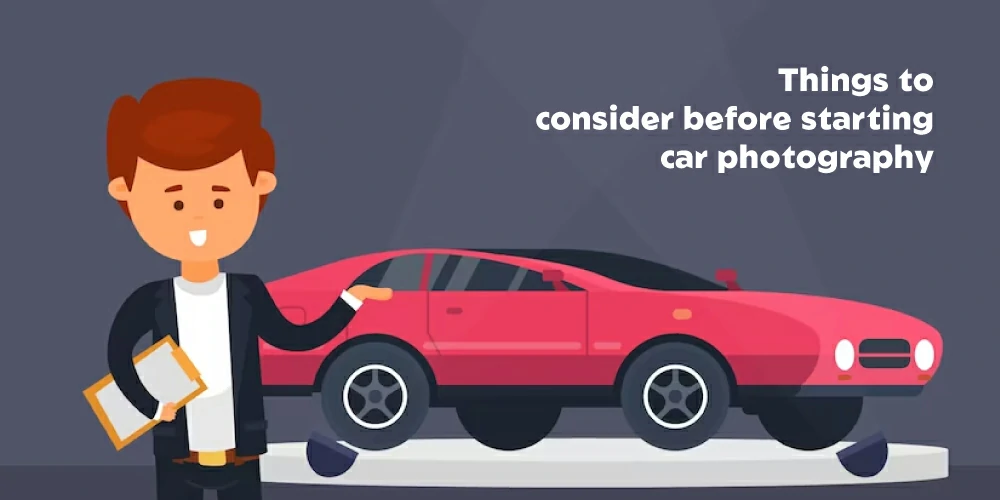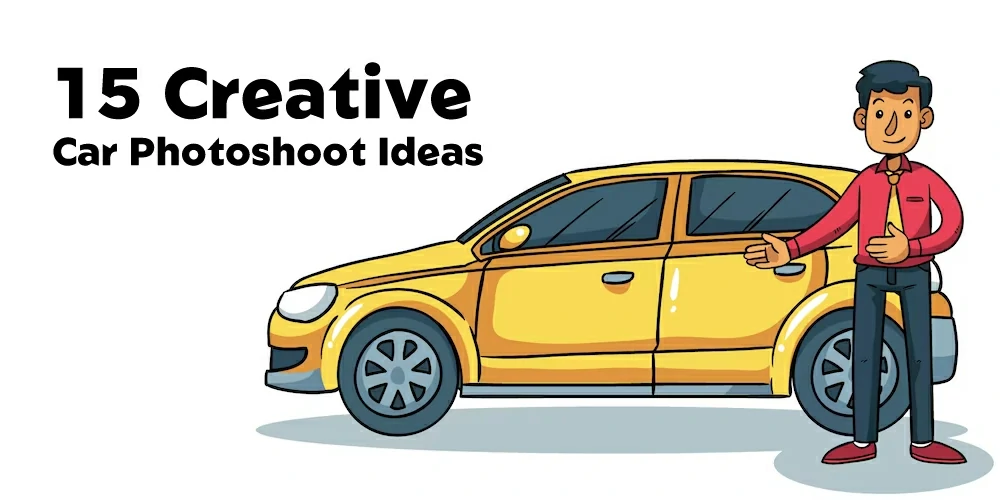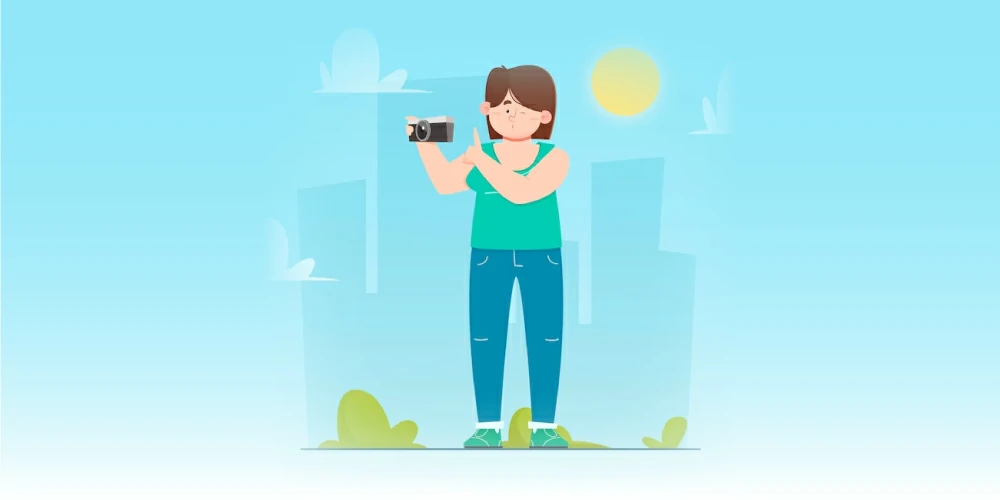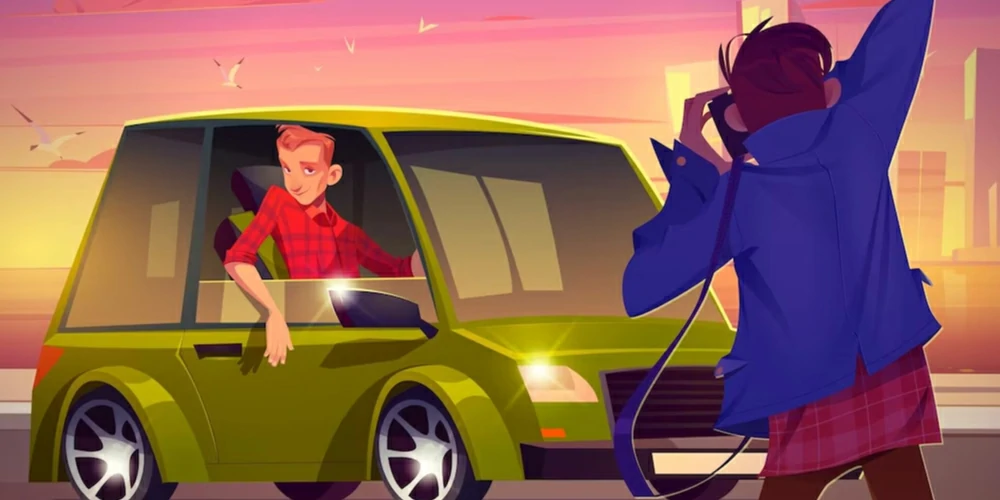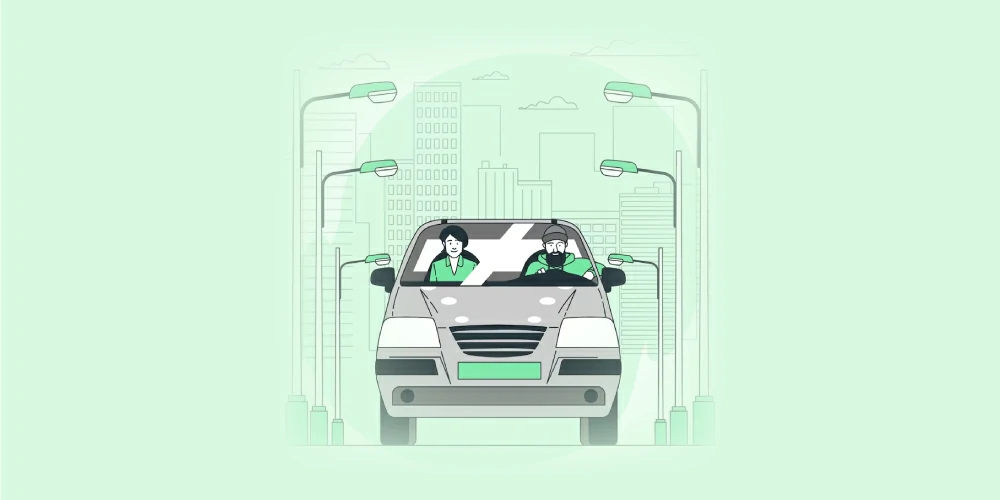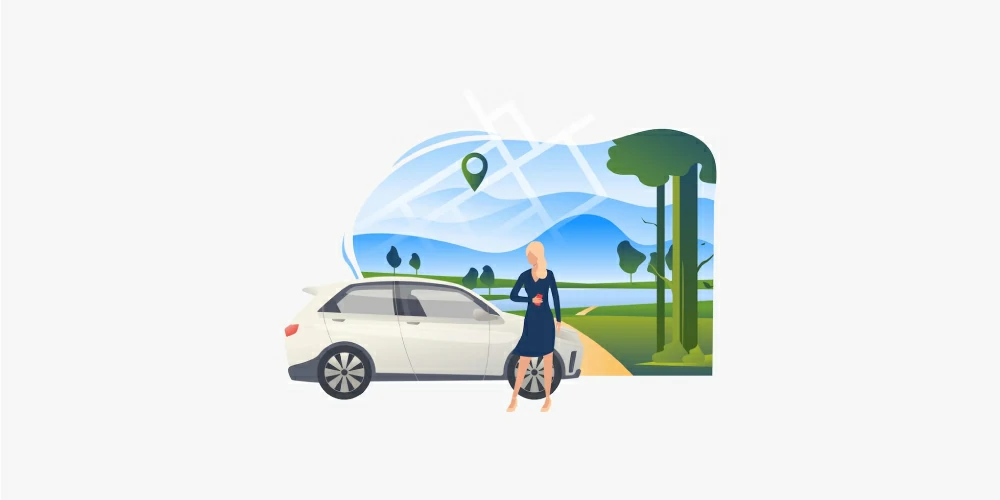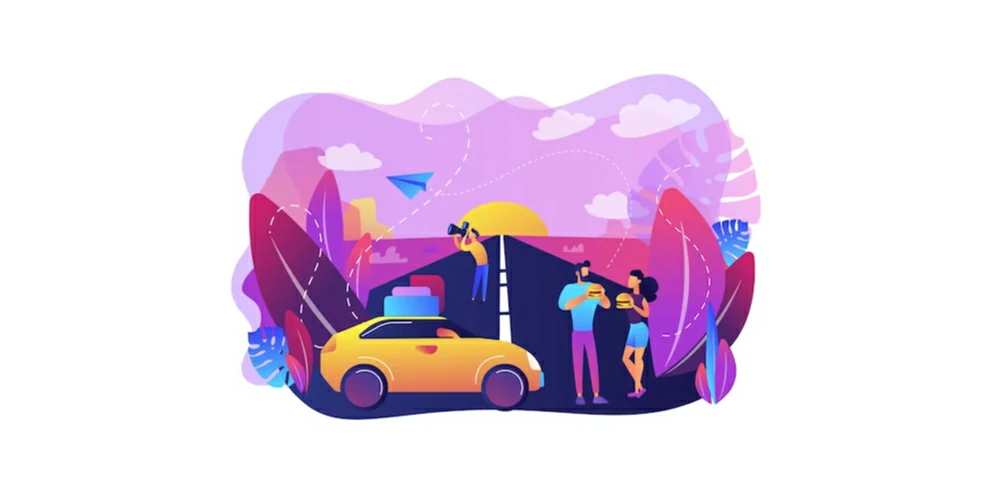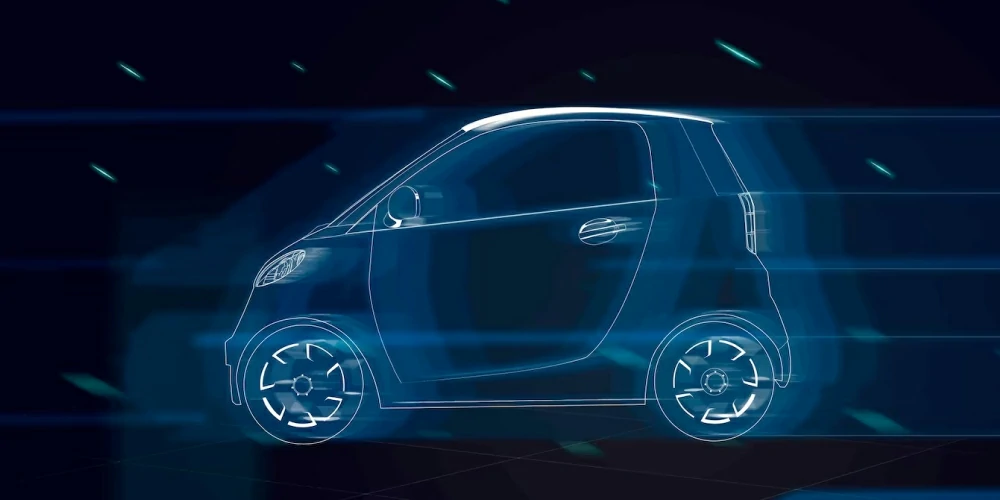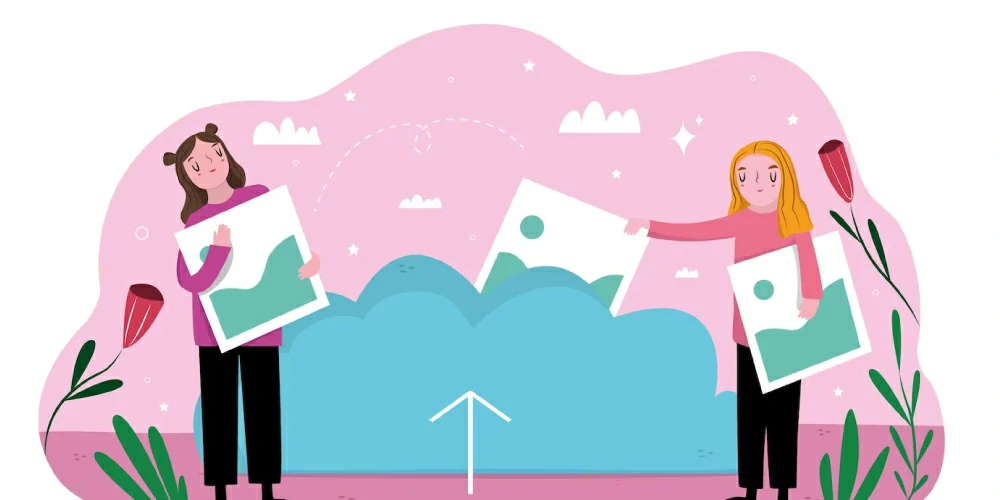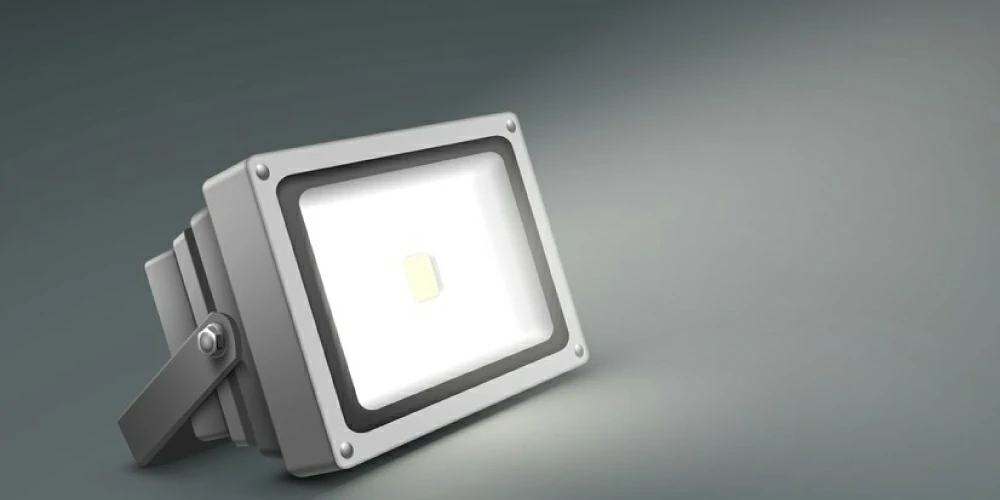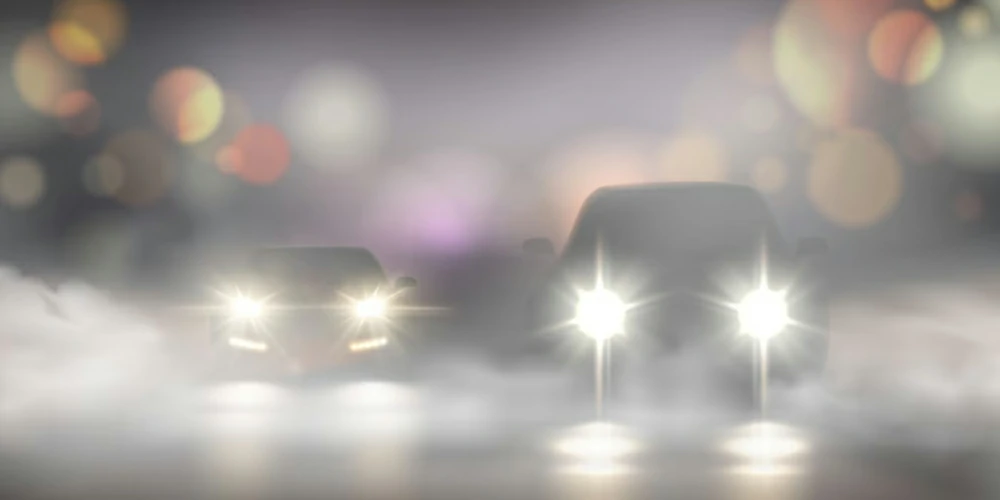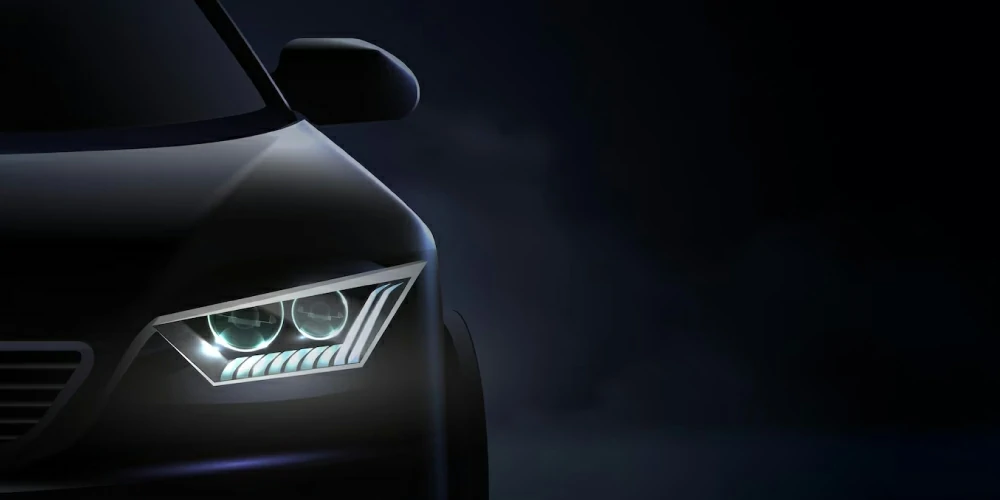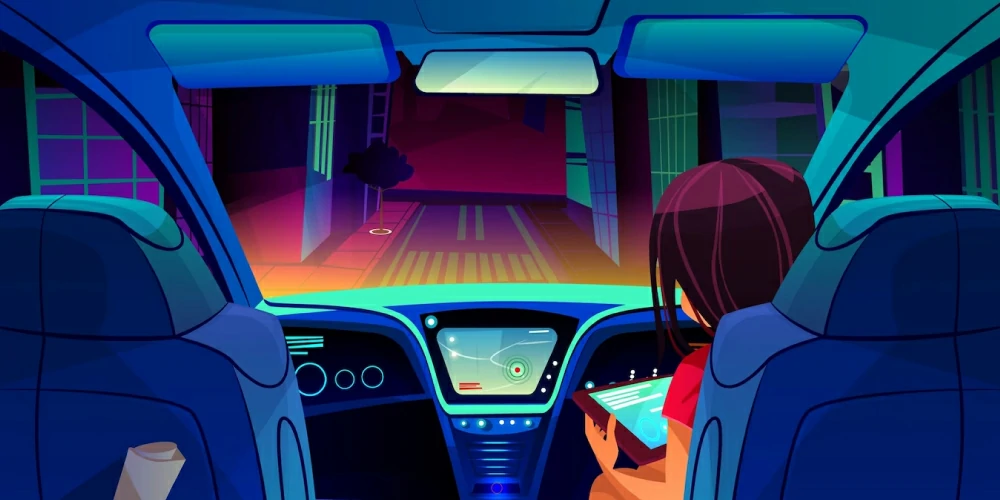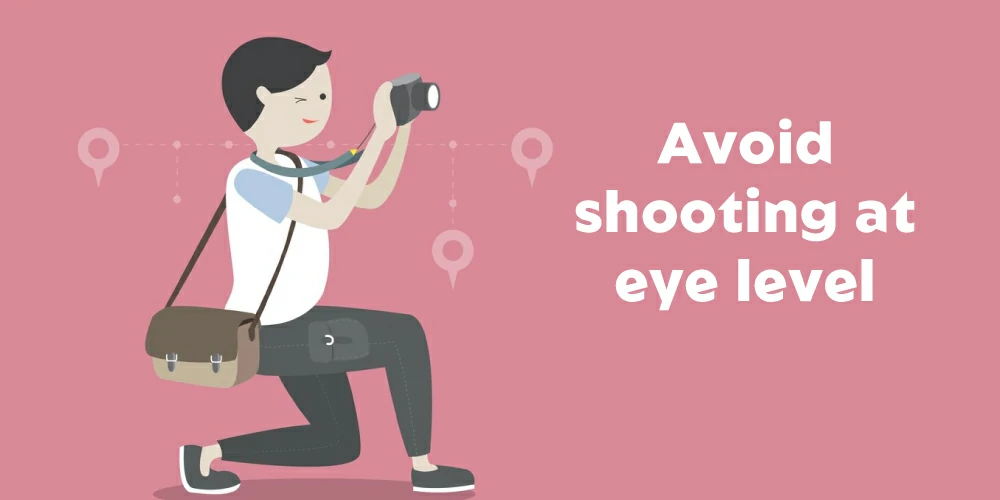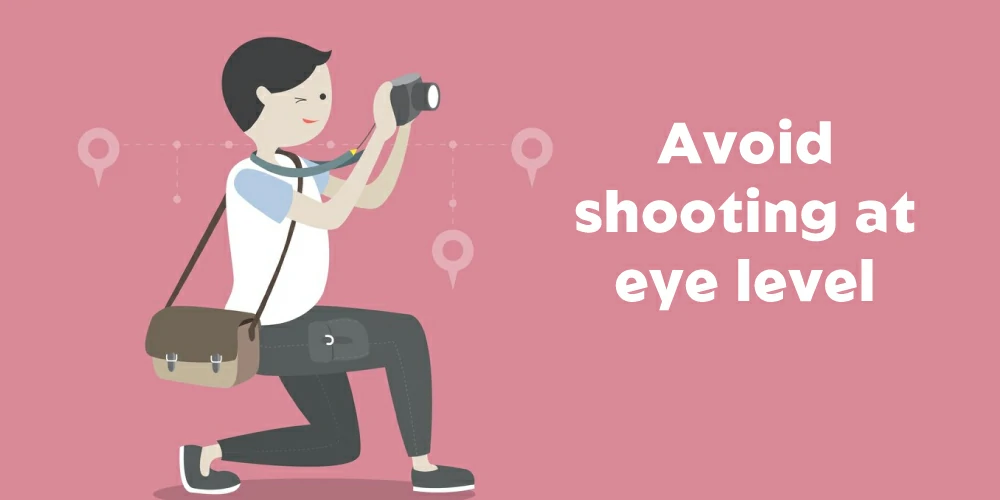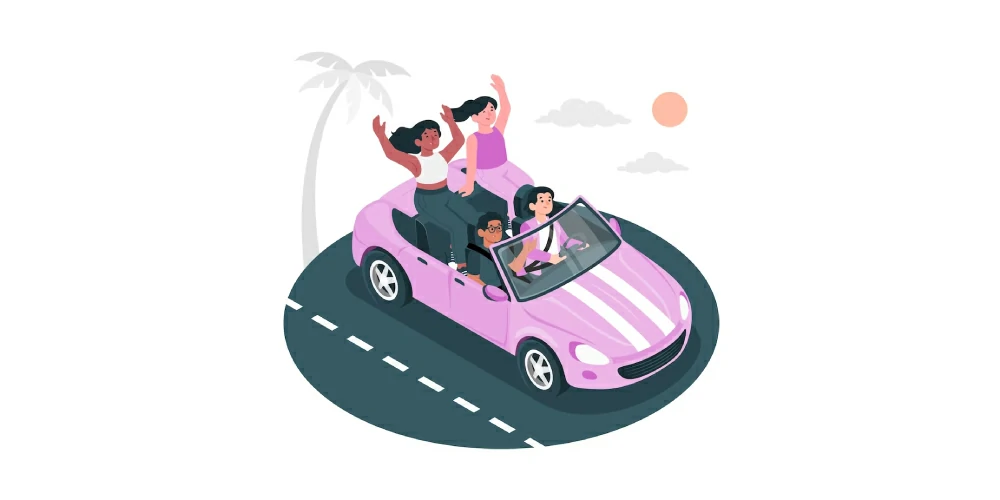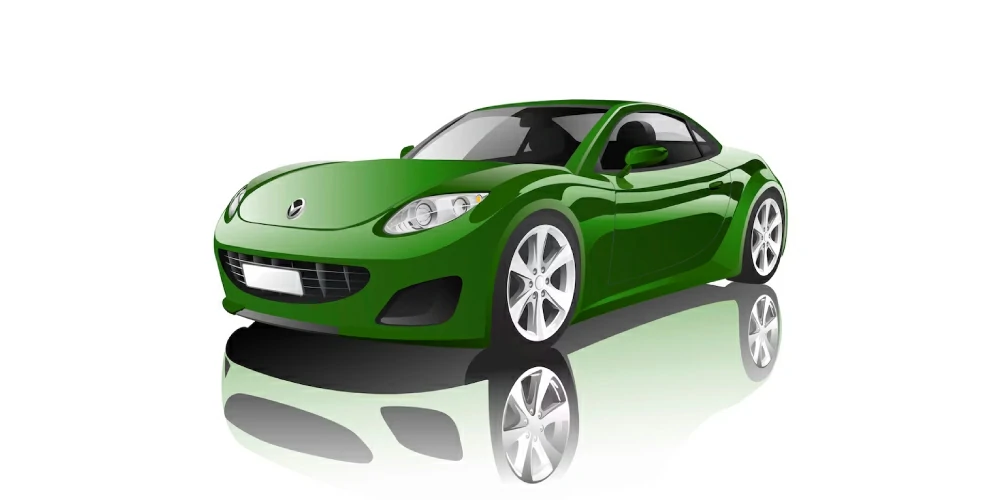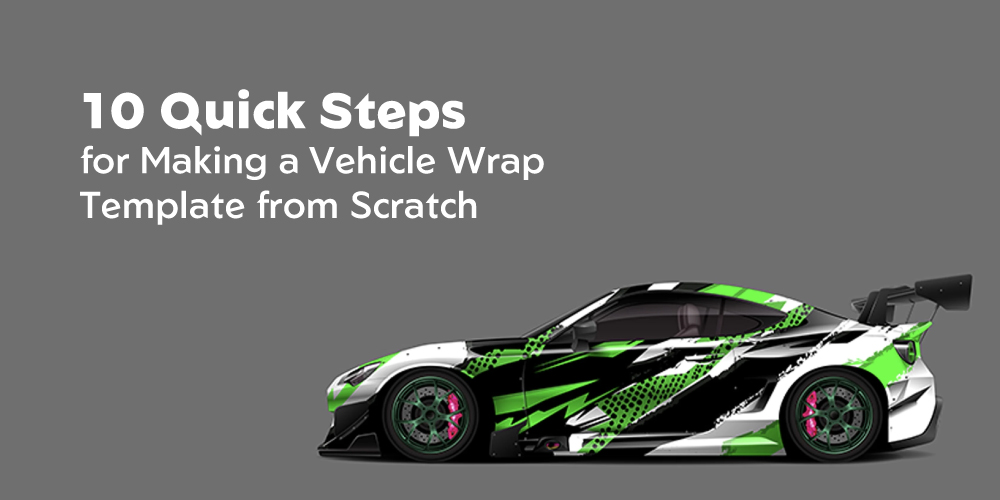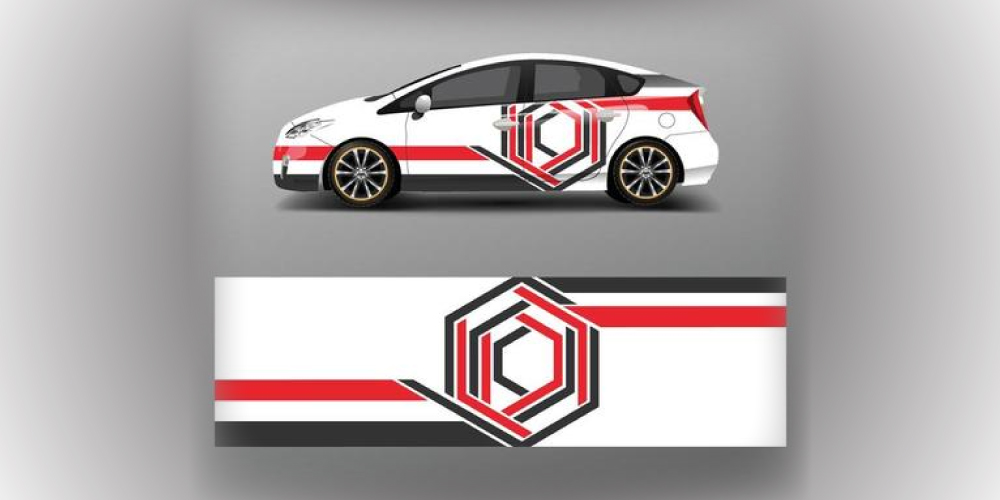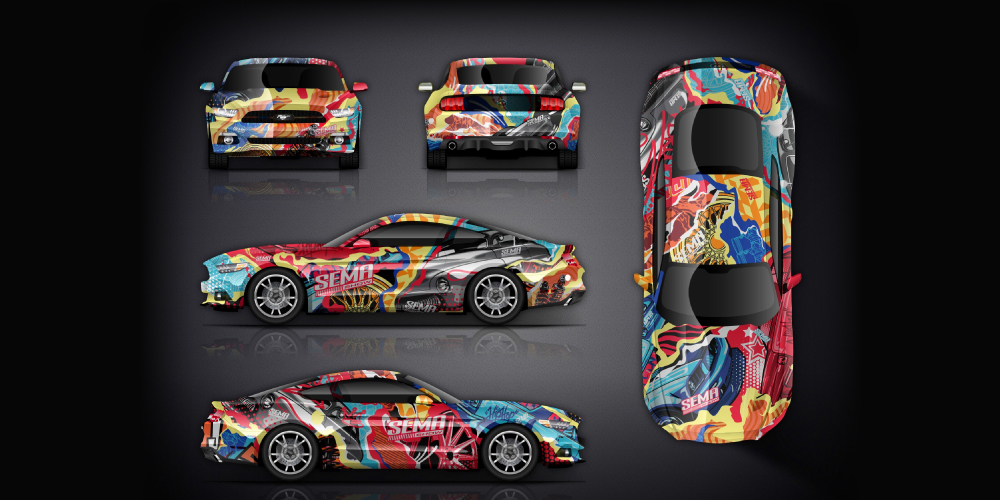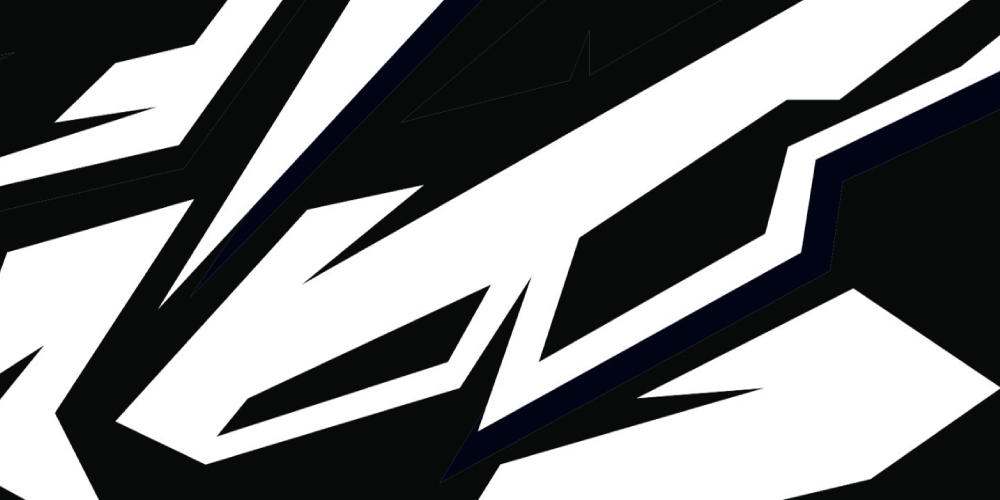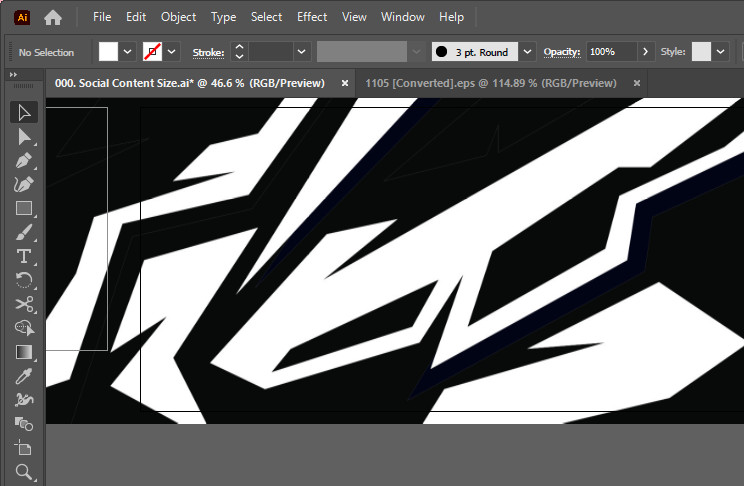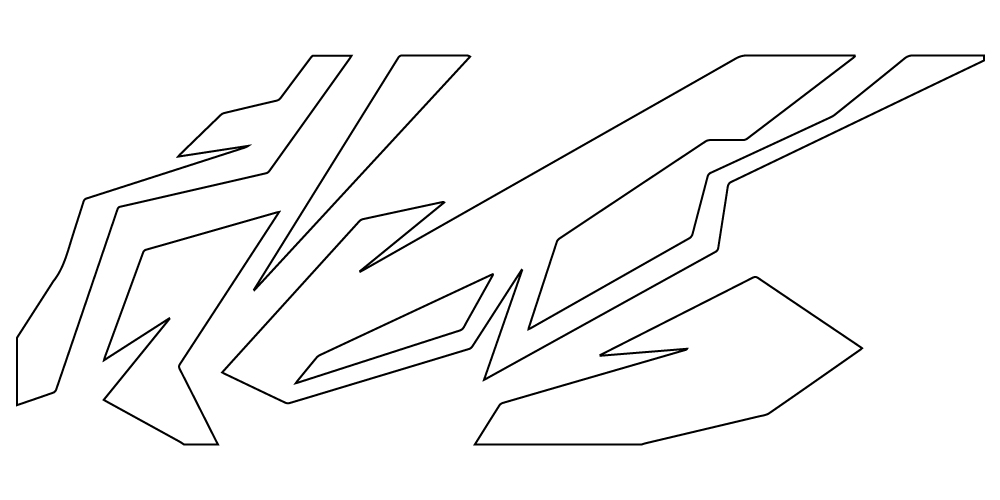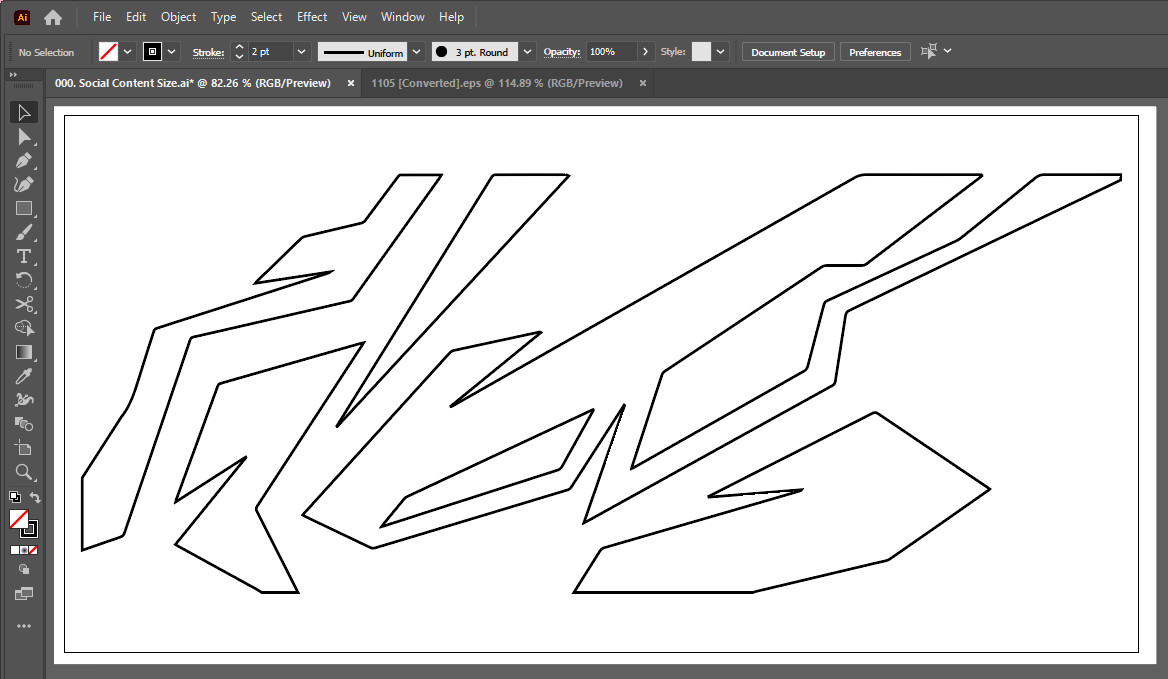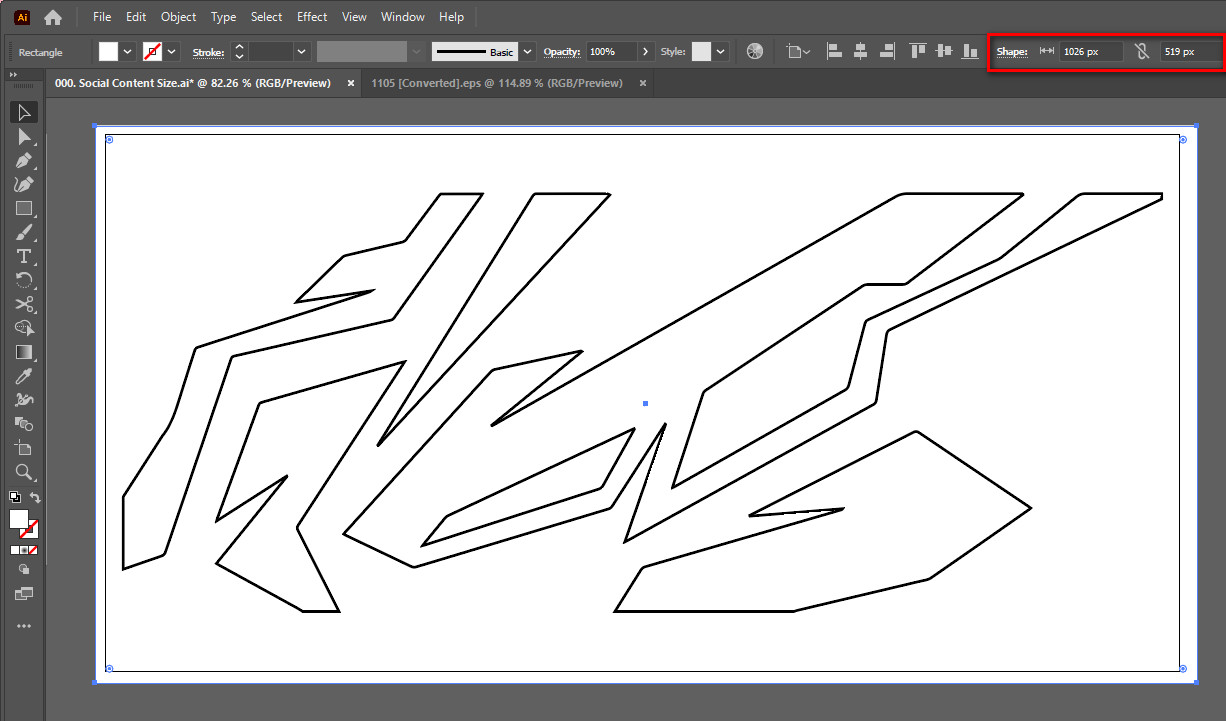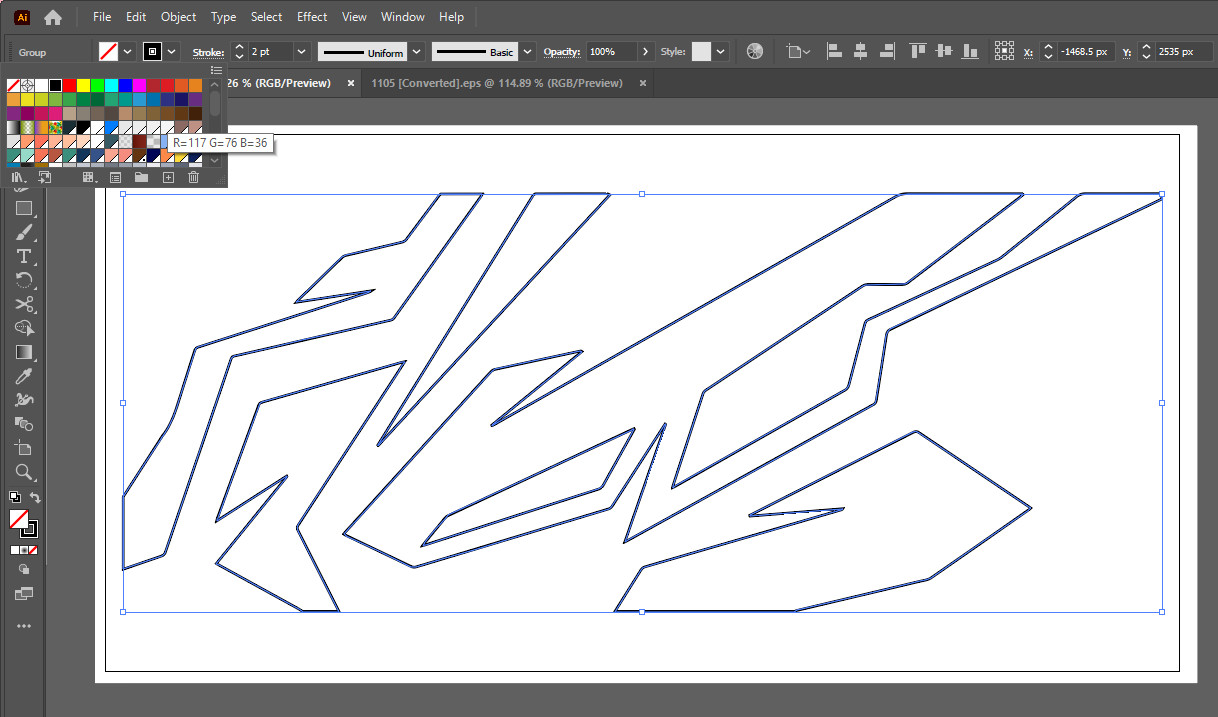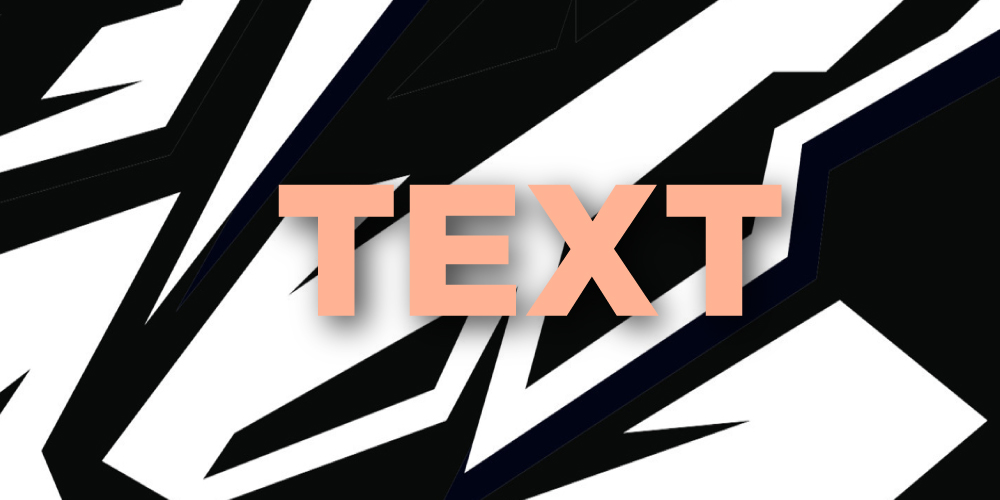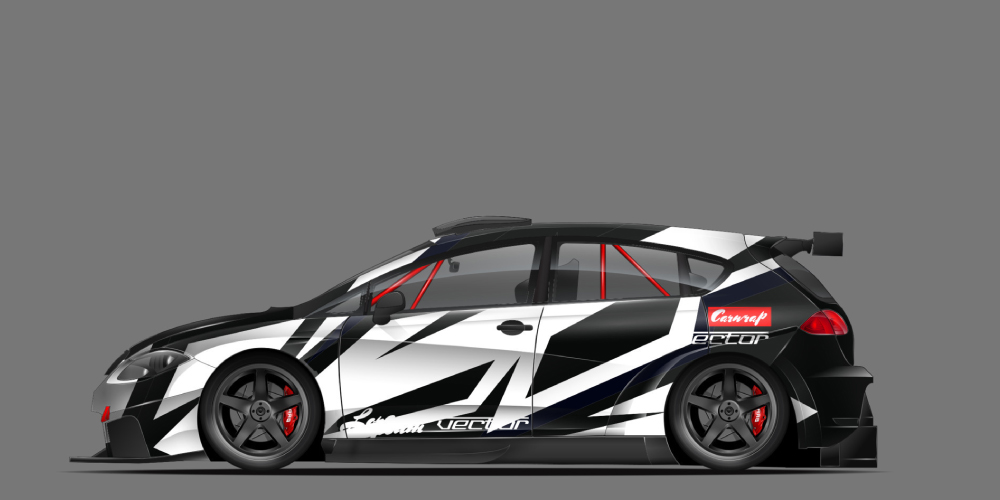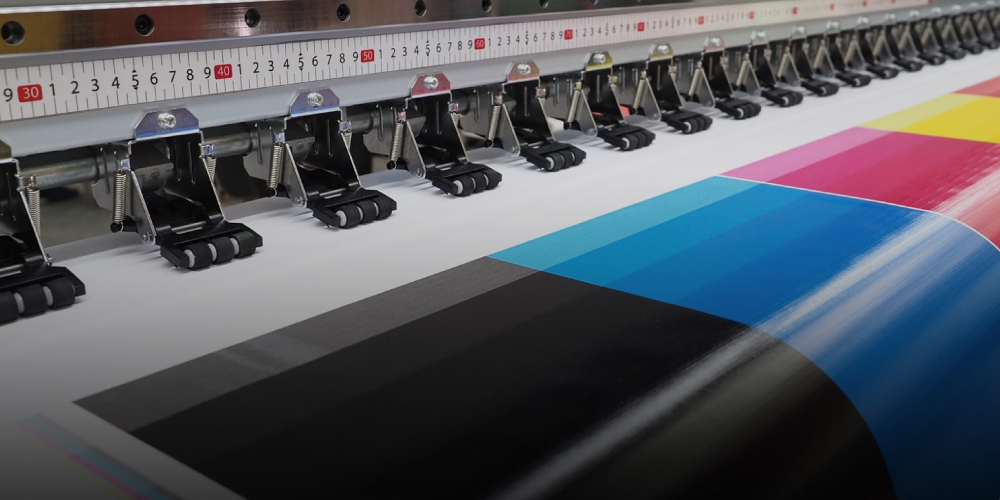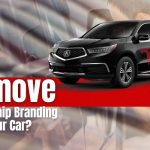Capturing the essence and beauty of automobiles requires the right tools, techniques, and attention to detail. Whether you’re a professional photographer or an enthusiast, mastering automotive photography can be a rewarding journey filled with creativity and excitement. In this comprehensive guide, we’ll explore the essential gear needed to capture stunning car photoshoots, discuss various types of car photography, and highlight common mistakes to avoid for optimal results.
Types of Car Photography
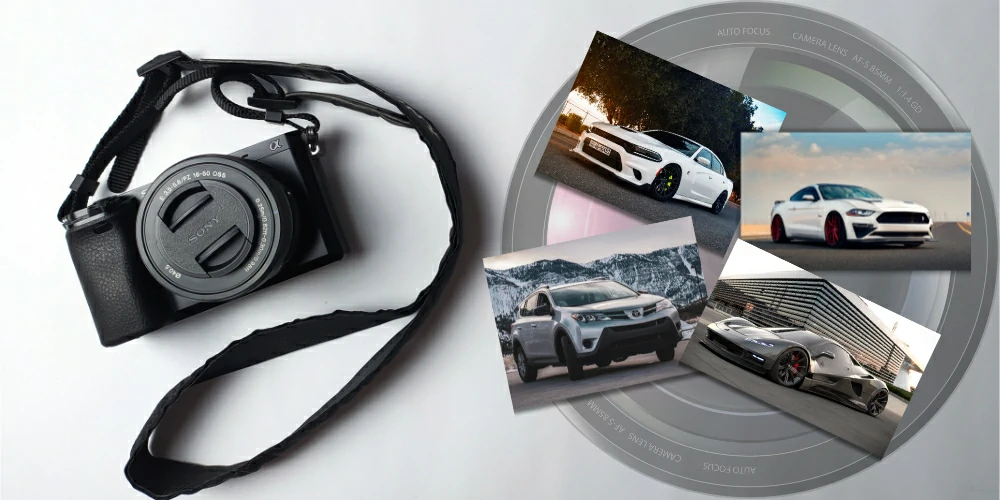
Car photography encompasses a variety of styles and techniques, each serving a different purpose and aesthetic appeal:
- Static Car Photography: This style involves capturing still images of cars in stationary positions, focusing on details, design elements, and overall aesthetics.
- Action Car Photography: Action shots feature cars in motion, showcasing speed, agility, and dynamic movement. Techniques such as panning and tracking are commonly used to capture sharp images of fast-moving vehicles.
- Lifestyle Car Photography: Lifestyle photography portrays cars in real-life settings, often featuring people, landscapes, and environments to evoke emotions and narratives.
- Detail Car Photography: Detail shots highlight specific features, textures, and components of cars, such as wheels, grilles, and interiors, emphasizing craftsmanship and design.
- Night Car Photography: Night photography involves capturing cars illuminated by artificial light sources, creating dramatic and atmospheric images with unique lighting effects.
- Vintage Car Photography: Vintage or classic car photography focuses on capturing the timeless beauty and elegance of older vehicles, often in nostalgic or retro settings.
Common Photography Mistakes in Car Photography
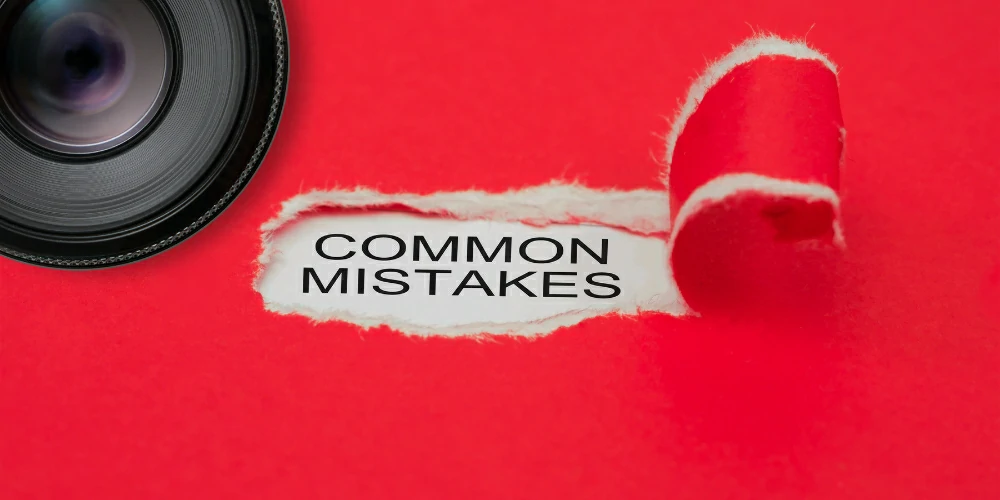
Despite the advancements in technology and equipment, photographers may still encounter challenges and make mistakes when photographing cars. Here are some common pitfalls to avoid:
- Poor Composition: Neglecting composition principles such as framing, balance, and leading lines can result in cluttered or uninteresting images. Pay attention to the placement of the car within the frame and consider the surrounding elements to create visually appealing compositions.
- Overexposure or Underexposure: Incorrect exposure settings can lead to blown-out highlights or muddy shadows, affecting the overall quality of the image. Use exposure compensation and manual exposure modes to achieve balanced exposures, especially in challenging lighting conditions.
- Lack of Attention to Detail: Failing to clean and prepare the car adequately before the photoshoot can detract from its appearance and impact. Remove dust, fingerprints, and debris from the car’s surface, and pay attention to small details such as reflections and reflections that can distract from the main subject.
- Inconsistent Lighting: Inadequate or uneven lighting can result in unflattering shadows, reflections, and color casts, affecting the overall look and feel of the images. Use diffusers, reflectors, and artificial lighting sources to control and manipulate light for optimal results.
- Ignoring Backgrounds: Disregarding the background can lead to distracting elements, cluttered compositions, and loss of focus on the main subject. Choose clean, uncluttered backgrounds that complement the car’s aesthetics and avoid busy or distracting environments.
- Overediting: Excessive post-processing can result in unnatural-looking images with oversaturated colors, excessive contrast, and unrealistic effects. Use editing software judiciously to enhance the image while maintaining a natural and authentic appearance.
Best gears for photoshoot of cars
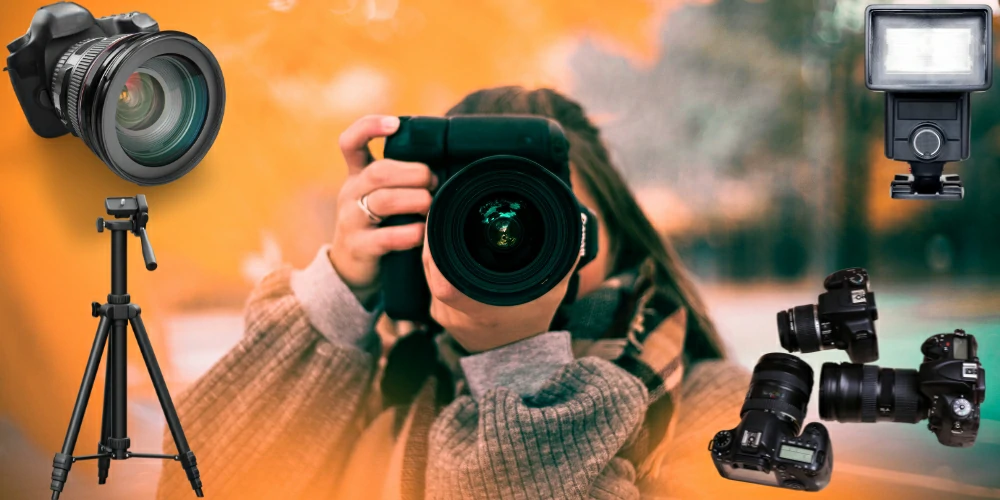
Now we’re going to talk about the best gears for photo shooting cars. The below gears I will be talking about are the major ones as well. So if you are a rookie in car photography then stick to the end and you will be baffled for sure.
Cameras for Car Photography
Choosing the right camera is essential for capturing stunning car photographs. Here are some considerations when selecting a camera for car photography:
DSLR Cameras:
DSLR cameras, such as the Canon EOS and Nikon D series, are popular choices among car photographers for their versatility, reliability, and excellent image quality. These cameras offer a wide range of lenses and accessories, allowing photographers to customize their setup according to the specific requirements of each shoot. With robust build quality and ergonomic designs, DSLR cameras provide comfortable handling and intuitive controls, making them suitable for long hours of shooting.
Mirrorless Cameras:
Mirrorless cameras, like the Sony Alpha series, are gaining popularity in the world of car photography due to their compact size, advanced features, and excellent performance in low-light conditions. With high-resolution sensors and fast autofocus systems, mirrorless cameras deliver exceptional image quality and responsiveness, making them ideal for capturing fast-moving subjects such as cars. Additionally, their electronic viewfinders provide real-time previews of exposure settings and composition, allowing photographers to fine-tune their shots with precision.
Considerations:
When choosing a camera for car photography, consider factors such as resolution, autofocus performance, burst rate, and ergonomics. Higher resolution sensors allow for greater detail and flexibility in post-processing, while advanced autofocus systems ensure sharp and accurate focusing, even in challenging conditions. A high burst rate enables photographers to capture fast-paced action with ease, while ergonomic designs enhance comfort and usability during extended shooting sessions.
Lenses for Car Photography
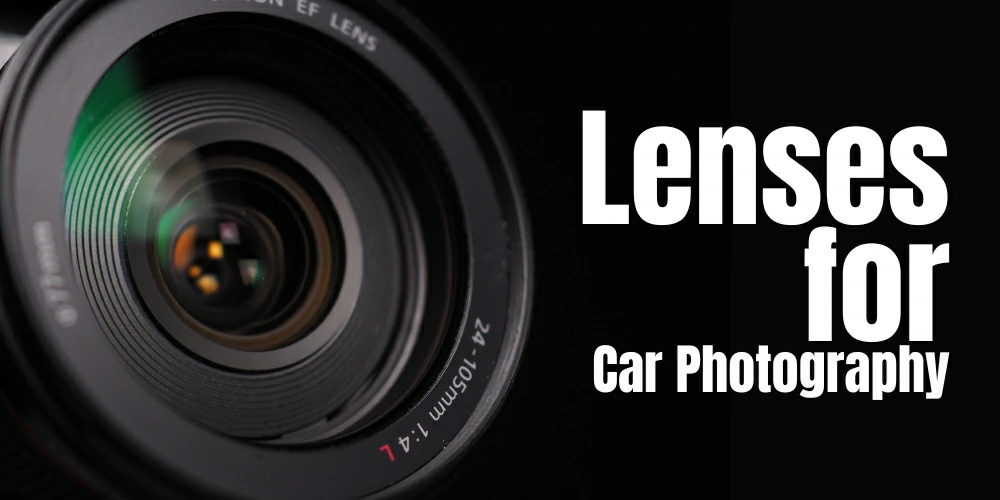
Selecting the right lens is crucial for achieving creative compositions and capturing the beauty of cars. Here are some types of lenses commonly used in car photography:
Wide-Angle Lenses:
Wide-angle lenses, such as the Canon EF 16-35mm or Nikon AF-S 14-24mm, are ideal for capturing expansive landscapes and dramatic car shots. These lenses offer a wide field of view, allowing photographers to emphasize the grandeur of the scenery while showcasing the car as the focal point. Wide-angle lenses are perfect for capturing dynamic shots with dramatic perspectives, making them popular choices for outdoor car photography.
Telephoto Lenses:
Telephoto lenses, such as the Canon EF 70-200mm or Nikon AF-S 70-200mm, are indispensable tools for isolating specific details and capturing distant views of cars. These lenses offer a narrow field of view and magnification capabilities, enabling photographers to zoom in on intricate design elements or compress the perspective to create compelling compositions. Telephoto lenses are ideal for capturing close-up shots of cars in controlled environments such as studios or showrooms.
Prime Lenses:
Prime lenses, with fixed focal lengths such as 50mm or 85mm, offer exceptional image quality, sharpness, and low-light performance. These lenses are prized for their simplicity, optical purity, and ability to create beautiful bokeh effects, making them versatile choices for various types of car photography. Prime lenses are perfect for capturing portraits of cars with shallow depth of field and creamy backgrounds, adding a touch of elegance and sophistication to the images.
Considerations:
When choosing lenses for car photography, consider factors such as focal length, aperture, image stabilization, and build quality. Wide-angle lenses are ideal for capturing expansive scenes and dynamic compositions, while telephoto lenses excel at isolating specific details and compressing the perspective. Prime lenses offer superior image quality and low-light performance, making them excellent choices for portrait and detail shots. Additionally, consider investing in quality lenses with fast apertures and optical stabilization to ensure sharp and blur-free images, even in challenging shooting conditions.
Lighting Equipment
Lighting plays a crucial role in automotive photography, influencing the mood, atmosphere, and overall impact of the images. While natural light can produce stunning results, its availability and quality are often unpredictable. To overcome these challenges, photographers use artificial lighting sources such as strobes, speedlights, and continuous lights. These versatile tools allow photographers to control the direction, intensity, and color temperature of the light, ensuring consistent results regardless of the shooting conditions. Additionally, light modifiers such as softboxes, umbrellas, and reflectors help diffuse light, minimize harsh shadows, and enhance the texture and contours of the car’s surface.
Accessories for Car Photography
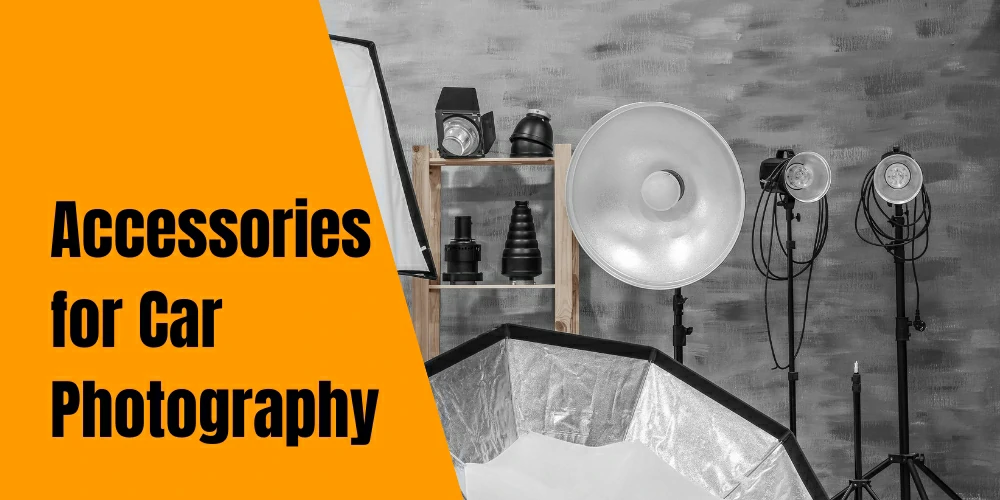
In addition to cameras, lenses, and lighting equipment, several accessories can enhance the quality and versatility of car photoshoots. Tripods provide stability and allow for long exposures, ensuring sharp images even in low-light conditions. Remote shutter releases eliminate camera shake, enabling photographers to capture crisp and blur-free shots from a distance. Polarizing filters reduce glare and reflections on car surfaces, resulting in clearer and more vibrant images with enhanced contrast and color saturation. Car mounts and rigs enable photographers to capture dynamic shots while the vehicle is in motion, adding excitement and dynamism to the photoshoot.
FAQs About Car Photography Gear
What is the best camera for car photography?
The best camera for car photography depends on your budget and specific needs. DSLR cameras like the Canon EOS and Nikon D series offer excellent image quality and versatility, while mirrorless cameras like the Sony Alpha series provide compactness and advanced features.
Do I need expensive lenses for car photography?
While expensive lenses can provide superior image quality and performance, there are many affordable options available that can still produce stunning car photographs. It’s essential to choose a lens that suits your shooting style and budget.
How important is lighting in car photography?
Lighting is crucial in car photography as it affects the overall look and feel of the images. Proper lighting can enhance the car’s shape, color, and texture, while poor lighting can result in dull and unappealing photos. Using artificial lighting sources and modifiers can help control and manipulate light to achieve desired effects
Conclusion:
Mastering automotive photography requires a combination of technical expertise, creative vision, and attention to detail. By selecting the right camera and lenses, photographers can capture stunning images that showcase the beauty, elegance, and excitement of automobiles. Whether shooting for clients or personal projects, with dedication and practice, you can elevate your car photoshoots to new heights and create captivating images that leave a lasting impression.
